

The BEST Elementary Biography Project
Looking for a fun, new research and writing project for your elementary kiddos? This living wax museum is a great way to tie together reading, writing, social studies and speaking and listening skills all in one fun project. I have done this project with second through fourth graders and they have all loved it.
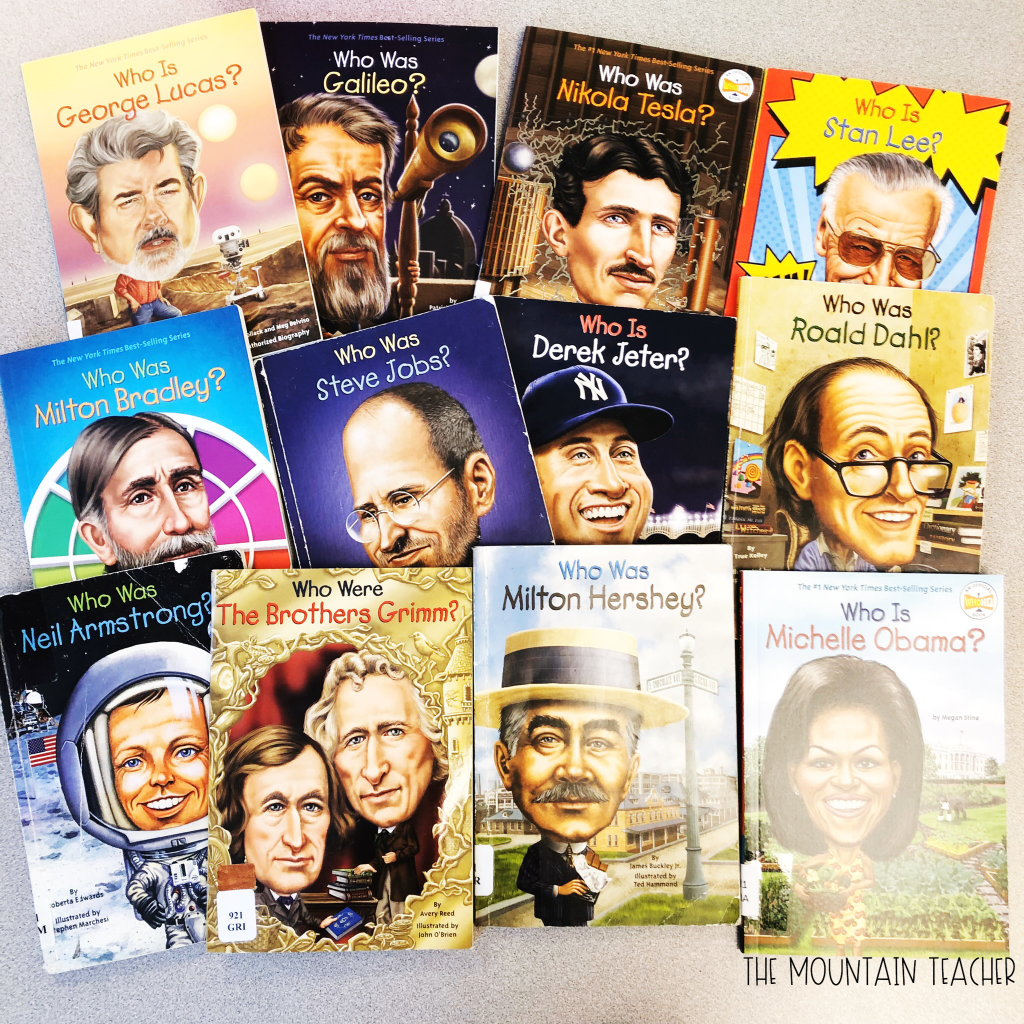
Start this project off by having your students select what famous figure they want to research, or by assigning them a famous figure. My ABSOLUTE favorite books for us to conduct our research are the “Who Was” Series by Jim Gigliotti. They are perfect for on-level/higher second graders, and are most appropriate for third and fourth grade students.
Typically, I will introduce the project, show the students my example, and then briefly introduce all of the famous figures that they can pick from. I then let them go one by one and pick which person they want to research.

For my second graders, I always have one group (my lower level readers) that work together to collect our research all on the same person, but then I release them to each write their own reports.
We spend about one week reading our books and researching our influential figure. While they work, they take notes on important aspects of that person’s life. There are also a ton of great books on Epic ! that students can use for additional research and ideas.

After our notes are compiled, students begin writing their drafts for their research reports. I have students write 6 total paragraphs about their famous figures. We do an introduction, a paragraph about their early life, a paragraph about why they are famous, fun facts, a paragraph about a character trait that best describes them and why, and then a closing.
We spend about 1-1 & 1/2 weeks working on our writing. We write about a paragraph or 2 per day, then take our writing through the revising/editing/publishing process. I then give students a good 2-3 days to spend a TON of time publishing their work to the best of their capability, using their best handwriting and best pictures that they can.

Wax Museum: Speaking & Listening
We end this project by inviting parents and other classes to come watch us present our reports. This is a fun time where the students get to dress up like their famous person, bring in props and practice speaking in front of an audience. We always get amazing feedback from the parents and from other classroom teachers. This component is totally optional, but completely worth it!
I always send home a student letter at the beginning of the project so that parents have ample time to help students gather materials for their costumes and to help them get a good understanding of who their influential figure is.
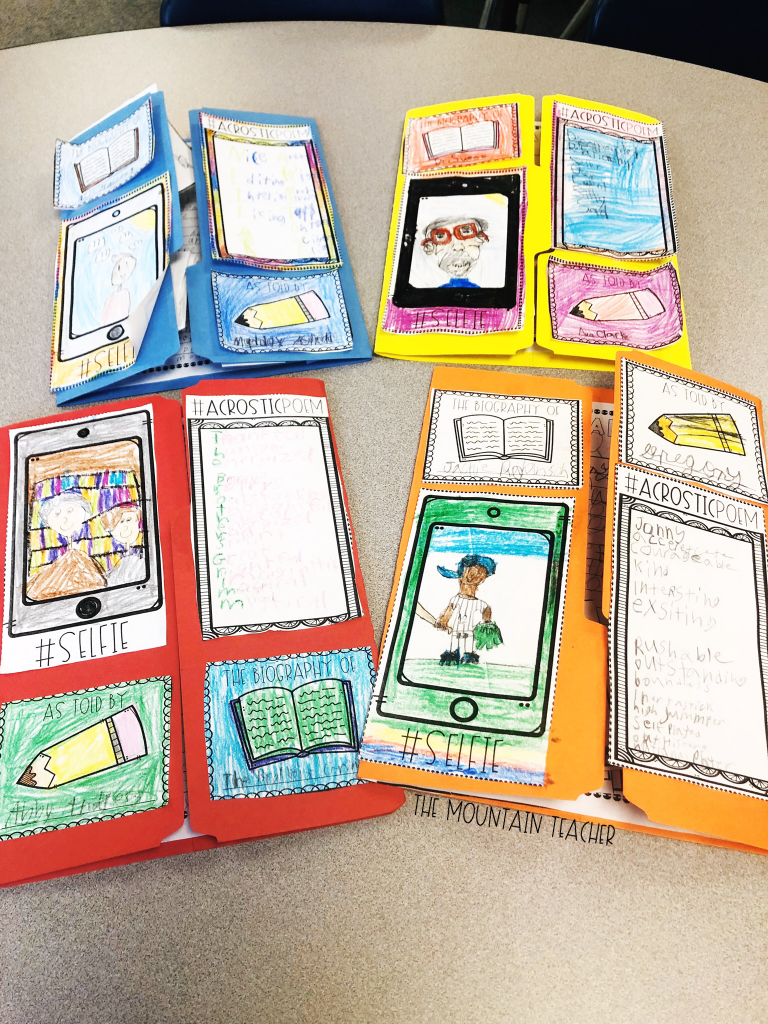
Distance Learning / Digital Learning :
Is your school closed for an extended period of time due to this crazy virus? This project is a GREAT way for students to continue learning at home. Simply send the PDF to parents to print at home (or print at school if you still have access), and send students to Epic or your local online library to find biographies on the person of their choice. Then, add a digital component by having students upload their videos to Google Classroom, SeeSaw or the digital platform of your choice. This is a great way to provide a few weeks of reading/writing plans to parents, while incorporating choice in student learning still.
Recommended Resources :
Snag everything you need for the biography research and writing reports in this Biography Writing Resource .
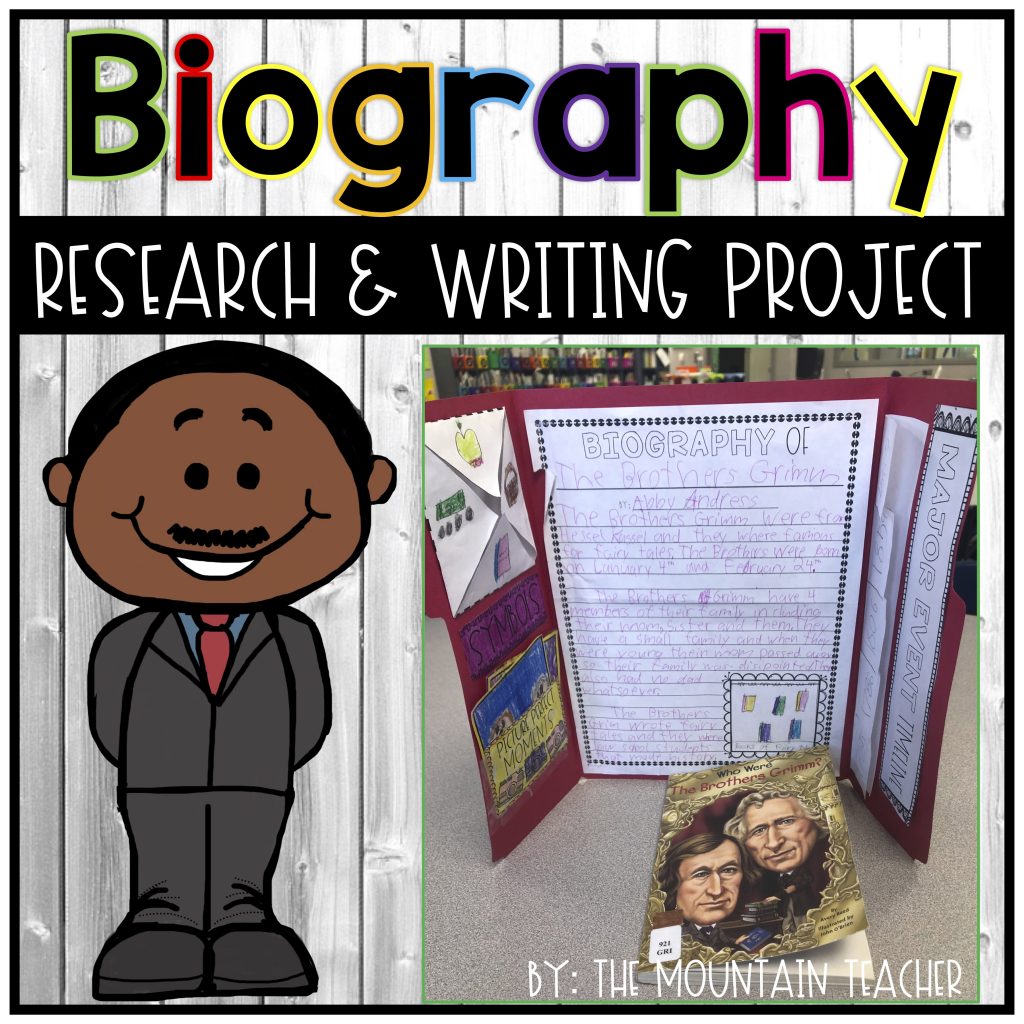
Click here for a compilation of all of my favorite “Who Was” characters to research for this project. These books are the perfect level for 2nd-4th graders, and are really affordable (between $2-4 each by following my Amazon affiliate link.)
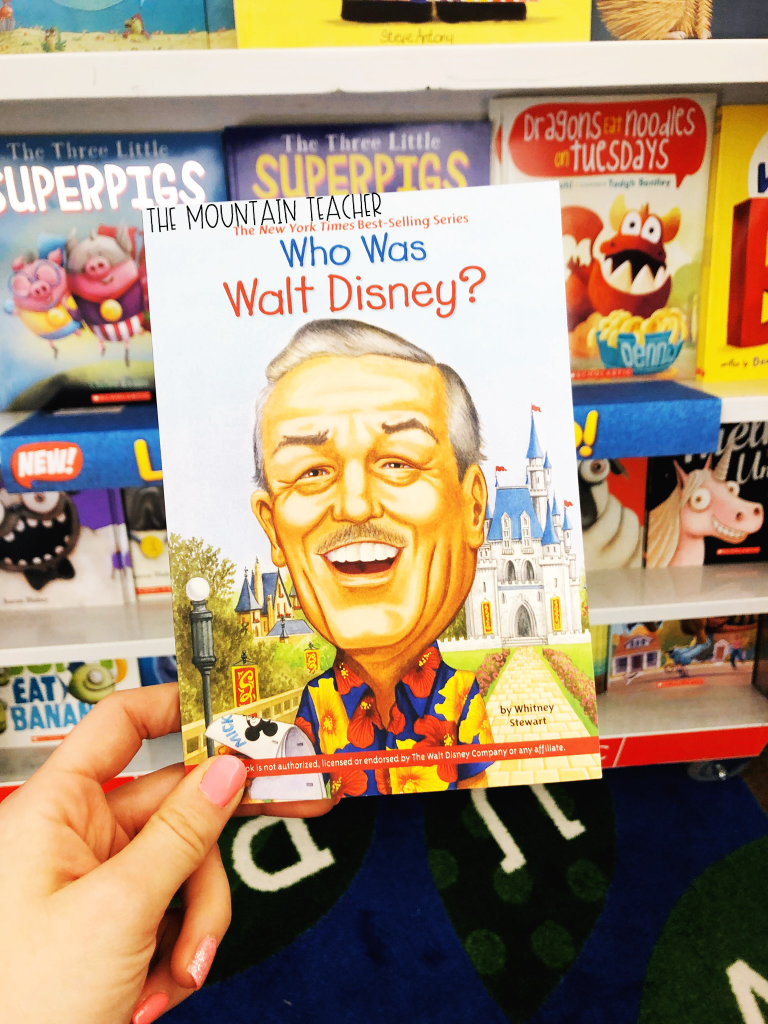
Emily - The Mountain Teacher
Share your thoughts... cancel reply.
Your email address will not be published. Required fields are marked *
DON'T MISS THE LATEST FREEBIES, RESOURCES, IDEAS & MORE!
Quick links.
- The Mountain Teacher 2024
- Site Design by Laine Sutherland Designs
SHOP RESOURCES
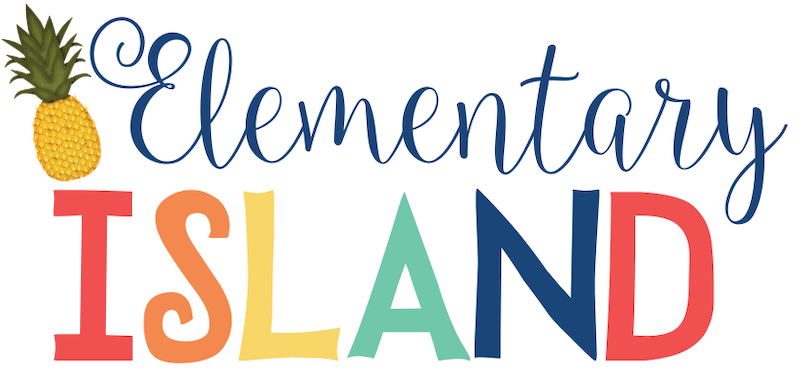
6 Amazing Biography Book Series Teachers and Students will Love
I love having my students read biographies. Not only does this expose them to a new genre of writing, but there is quite often a great social studies or history connection too! And . . . if that wasn’t enough, there are so many amazing people that can inspire our students to do anything, go anywhere, be all they can dream of being! I’m excited to share some of my favorite biographies for elementary students and activities we use when studying this genre.
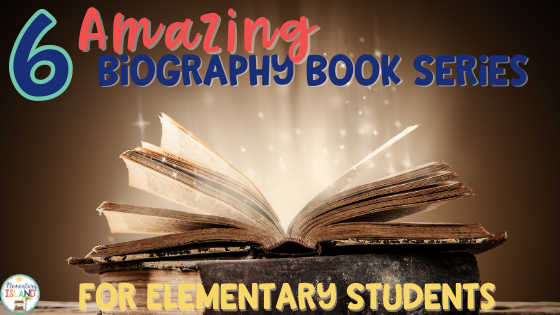
Amazing Biographies for Kids
1. ordinary people change the world by brad meltzer.

2. You Should Meet . . . by Ready to Read
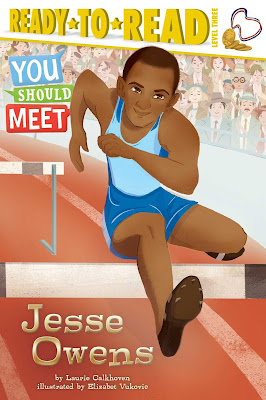
3. Step into Reading Biographies
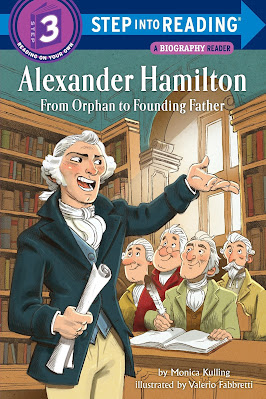
4. The Story Of . . . A Biography Series for New Readers
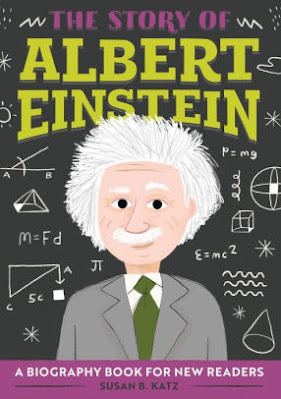
5. Easy Reader Biographies by Scholastic

6. National Geographic Kids Biographies
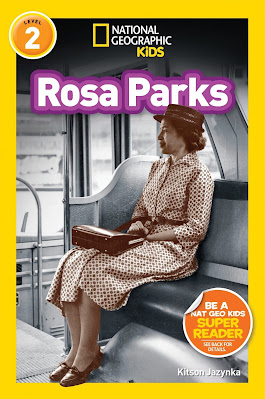
You Can’t Go Wrong with Biographies
- Not all books with illustrations are fiction
- Real-life events and people can be engaging and entertaining like a story
- Books can help us learn and inspire us

Biography Activities
1. fact and opinion, 2. non-fiction text features.
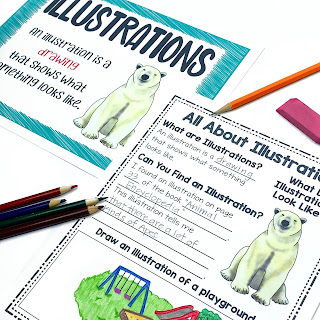
Many of these biographies series I love to use are written with a variety of non-fiction text features. This is a great way to teach students about how these text features can help them improve their understanding of the non-fiction books they read.
- Headings & Sub-Headings
- Photos & Captions
- Table of Contents
3. Introductory Research and Note Taking
Grab these free biography note taking templates.
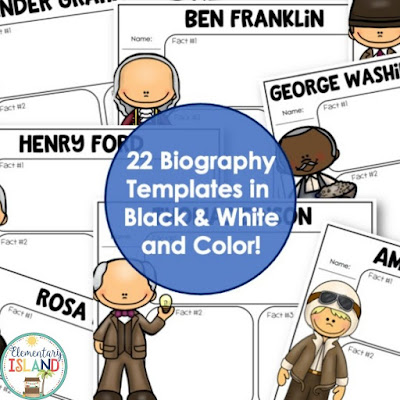
Biography Research Project

Save these Biography Books and Teaching Ideas

You May Also Enjoy...

JOIN THE EXCLUSIVE ISLAND CLUB TODAY!
Grab 4 weeks of my challenge phonics today for free.
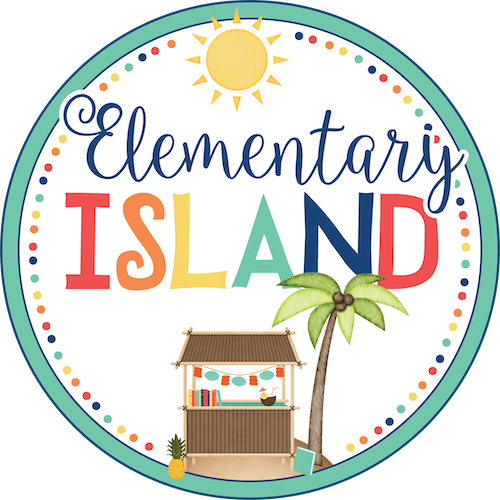
- Classroom Management
- Teaching Ideas
- Online Catalogue
- 2024 Elementary Island
- Site design by Laine Sutherland Designs
- Privacy Policy
- Terms of Use
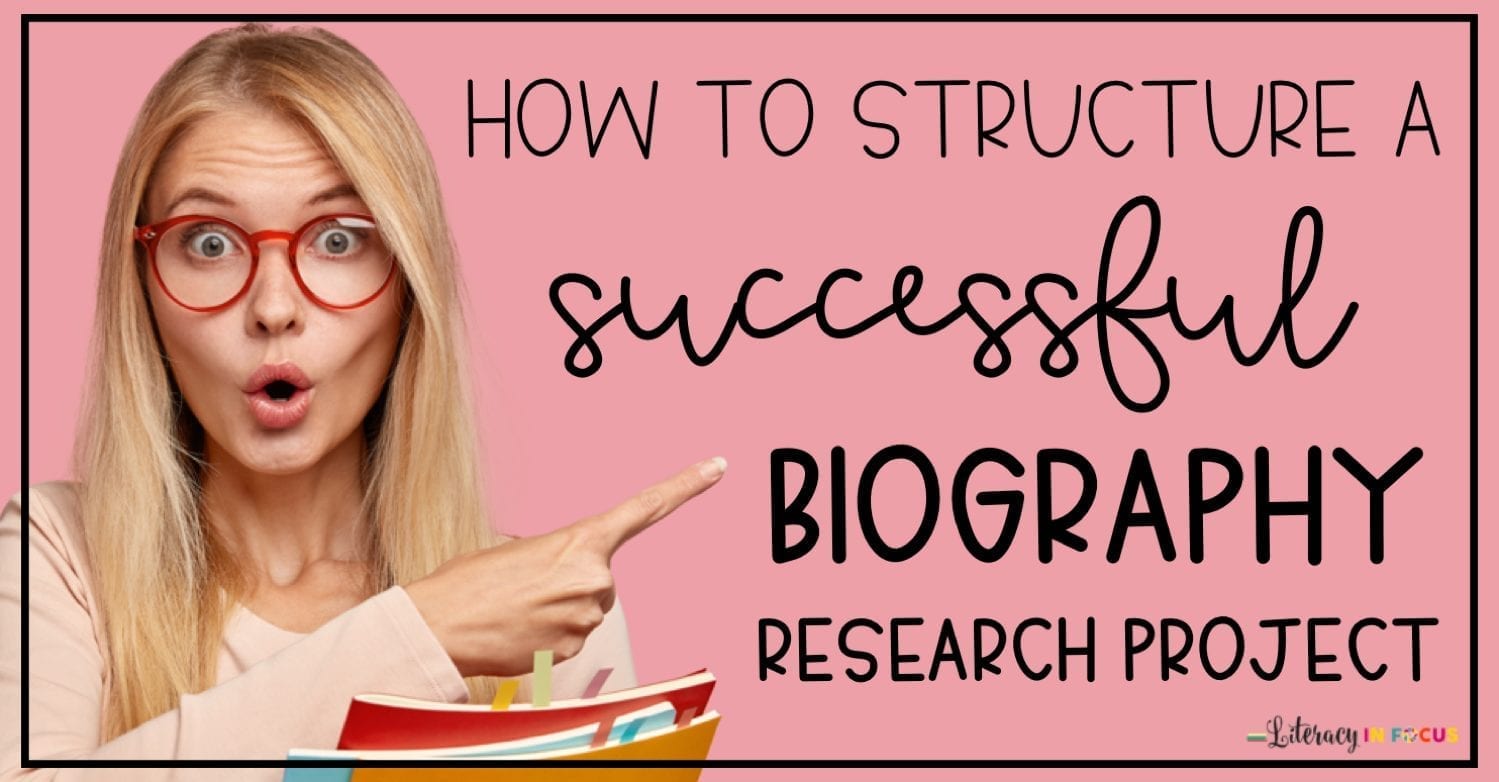
In terms of bang for your buck, a biography research report packs a punch. It covers a wide range of standards-based skills, and it’s a meaningful student-centered project. Each step of the biographical writing process is outlined below, allowing you to make the most of every minute of instructional time.
Introduction
Kick off the assignment by breaking down the term biography. Lead students in a discussion about the word parts bio and graph. You can also take a moment to focus on the differences between a biography and an autobiography by discussing the meaning of the word part auto. Click here to read more about adding roots, prefixes, and suffixes to your curriculum.
Mentor Text
Start the biographical writing process by examining a mentor text. Mentor texts are pieces of writing that students can return to and reread for different purposes. They are texts that can be studied and imitated. To make sure you don’t overwhelm your students or bombard them with unnecessary information, select a short biographical excerpt (I use the John Muir chapter from Home of the Brave: An American History Book for Kids: 15 Immigrants Who Shaped US History ). After reading through the biographical excerpt together as a class, analyze the major components of a biography using discussion questions that you have prepared ahead of time. Focus your mentor text questions on content, structure, and connection. Three example questions are provided below.
Text Content: What details does the author provide to begin the biography?
Text Structure: How is the information in the text organized?
Text Connection: Which elements from this text would you like to include in your biography?
Biography Research Guide
Completing a biography research guide will help your students remain focused and on task. The format and structure of the research guide is based on the needs of your students. Hopefully, the items listed below will point you in the right direction.
Cover Page : It’s important to review the meaning of the term biography and require students to think critically about who they will research and why. Giving students room to pick the person they will research and write about is what makes this assignment student-centered. Even picking from a list of figures provides students with a sense of choice, helping them take ownership of their learning.
Things To Keep In Mind : Include a page that reviews important details and things to keep in mind during the research and writing process. You may also want to include space for students to record due dates.
Bibliography : A bibliography template with space to record source information is helpful for students to utilize while researching.
Research Template : Guide students through the research process with a comprehensive research template. In order to assist students in crafting a successful biography, include specific criteria for students to fill in while researching.
After completing the research portion of the project, your students will be prepared to start writing their biographies. Providing your students with a structured step-by-step outline will ensure that each paragraph of their biography is organized and focused.
Essay Template
An essay template is nice to have on hand for students that might be struggling with the writing process. It can also be used as a whole-class activity before independent writing begins. Modeling the writing process for students will ease the feelings of stress and provide your students with a roadmap for success. Observing others plays a vital role in how we acquire new knowledge and skills. When applied to this particular project, analyzing the mentor text and modeling the writing process are two ways in which observational learning can be applied.
“Observing others plays a vital role in how we acquire new knowledge and skills.” Albert Bandura, Social Learning Theory
Editing Checklist
An editing checklist is extremely helpful for peer or independent editing. Ideally, the checklist will include the assessment of essay content, structure, grammar, capitalization, punctuation, and spelling. The revising process is something that students will develop over time. Providing students with an editing checklist is a helpful learning scaffold until students feel comfortable revising their work independently.
Students need to start with the end in mind. Reviewing the rubric before starting the research and writing process gives students a clear understanding of the project expectations.
In addition to reinforcing research and writing skills, the biography project will provide your students with an opportunity to think critically about an influential figure and how they might apply some of the lessons learned to their own lives.
Are you ready to incorporate a biography research report into your curriculum, but don’t have the time to create all of the necessary components? Click here to download everything you need from Literacy in Focus on TpT. Printable and digital formats are included!
This post contains affiliate links. Click here to read my affiliate policy .
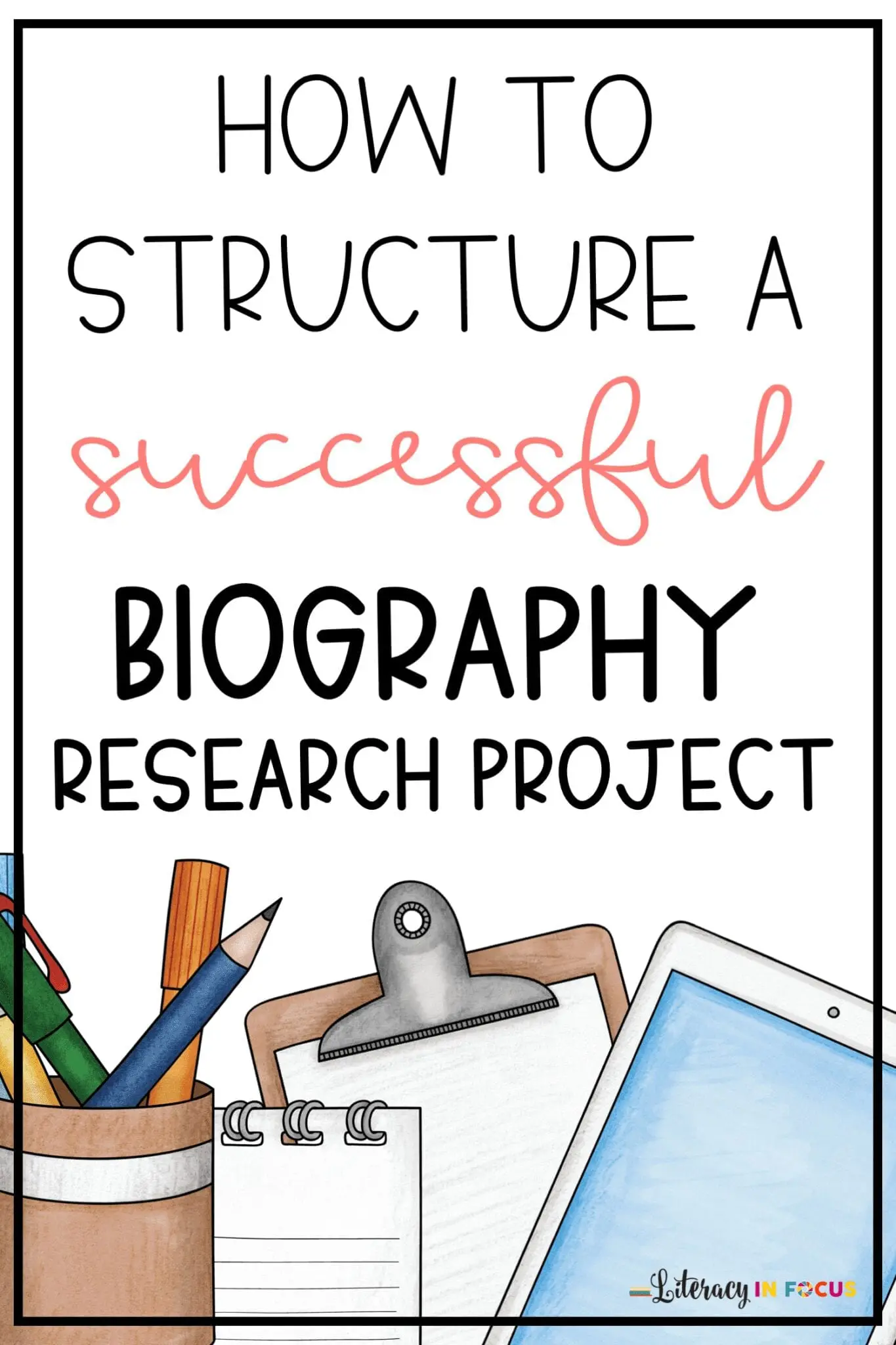

Biography Graphic Organizers
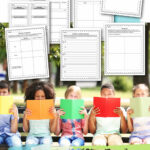
Use this collection of biography graphic organizers to help your fourth and fifth grade students explore biographies during reading workshop.
These biography graphic organizers will be a helpful tool for you as you are planning your biography unit of study.
This is another free resource for teachers and homeschool families from The Curriculum Corner.
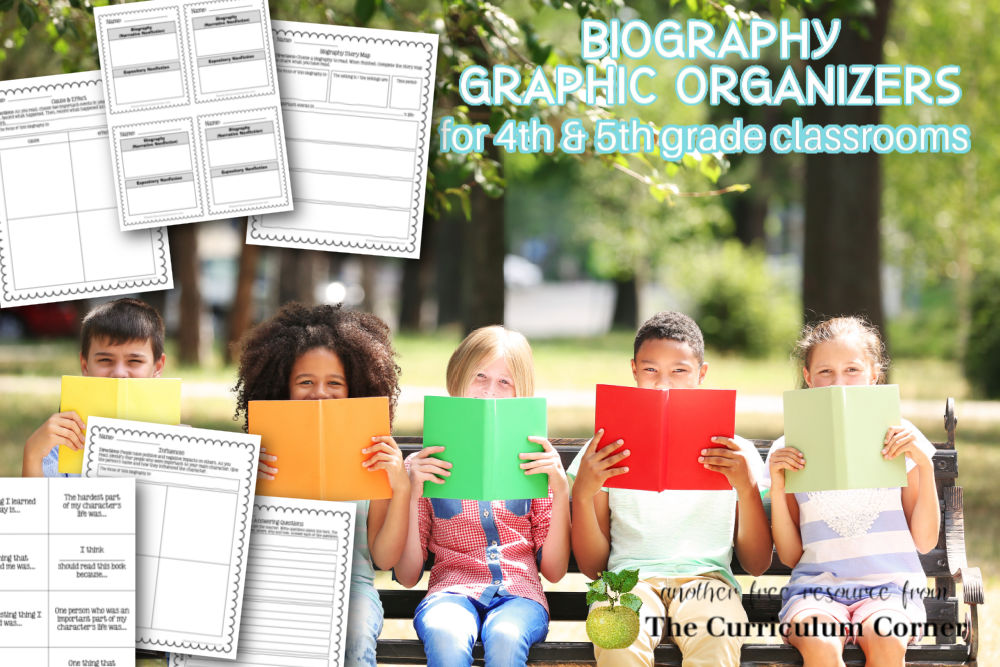
Planning for a study of biographies
As you plan for your unit of study, your first action should be gathering high interest biographies for your students to explore.
These mentor texts should be good, clear examples of biographies. Include your favorites and be sure to include books that will interest your students as well. It’s also a good idea to gather a stack of informational text books that fall under that category of narrative nonfiction. Throughout the unit, you might want to refer to these as nonexamples of biographies.
There are many informational text picture books that are written at a fourth to sixth grade level. This means that you should be able to find some shorter texts that will still challenge your readers. This can be helpful when you want students to explore multiple biographies.
As you work to gather your books, ask students who they would be most interested in learning about. Try to find books that match their requests to keep them engaged in the unit.
If you have a student interested in a subject but are unable to find a book to share, you can turn this into a follow up project. Have the student write their own biography about the subject. You can add this to your classroom librarym .
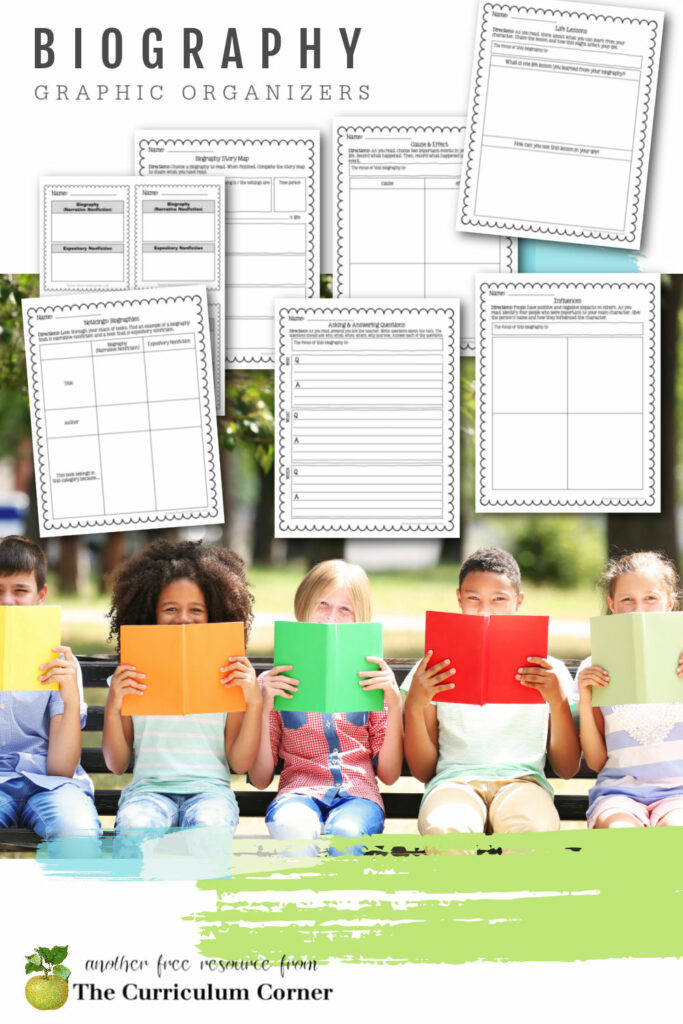
About these biography graphic organizers
This collection contains a variety of biography graphic organizers. You can choose to use the ones that fit your students best.
As always, I encourage you to model these organizers as you introduce them. This will help students to fully understand the expectations.
Lesson 1 Expository or Narrative Nonfiction?
Begin by helping students understand that there is a different between expository nonfiction and narrative nonfiction. Biographies fall under the category of narrative nonfiction and tell a story. Narrative nonfiction may also tell about an event. Expository nonfiction provides an explanation or directions.
This first lesson is designed to help students develop an understanding of the difference between a biography (which is narrative nonfiction) and expository nonfiction.
Share the stack of mentor texts along with the nonexamples of biographies (which should be expository nonfiction.)
Allow students time to look through these books and “notice” differences. Encourage them to make notes on post-its and mark the spots in the text.
These differences will help students begin to develop an understanding of the differences. When students have completed their noticings, pull them together as a class and give them time to share what they found.
Create an anchor chart for students to refer to that is titled “Noticings” and contains the student observations. Observations for biographies might include: tells a story, tells about a person’s life, includes dates, has bold words, has a table of contents, includes a glossary, has an index.
Observations for expository nonfiction might include: gives directions, tells all about an object or animal, explains something, includes dates, has bold words, has a table of contents, includes a glossary, has an index.
Noticings Exit Ticket To check student understanding, have students complete this exit ticket. Students find a biography and an example of expository nonfiction. They then include their choices and reasoning on their exit ticket.
Lesson 2 Biography Story Map
A biography can be similar to a fiction book which tells a story.
It includes a main character, setting, time and often problems.
Have students choose a biography to read and complete this story map.
You might choose to model this lesson by reading aloud a biography one day and completing the story map together.
The next day, students will use their silent reading time to read a different biography they are interested in and then complete the story map.
Lesson 3 Character Traits
Just like when reading fiction, students reading biographies should be trying to determine the character traits of the subject of the biography.
It is important for students to understand that character traits are different from what the person looks like. These resources can be used to help students develop an understanding of the difference: Character Traits .
We suggest using a biography that can be shared during class in order to model the differences for students. Once students have developed an understanding, they can complete their own graphic organizer after reading a just right book during silent reading time.
Lesson 4 Influences
Every person has others who influence his or her life.
These people have positive and negative effects on the character in a book.
For this lesson, focus on how other people in the biography have had an impact on the person.
Students will identify what influence the person had and if the influence was positive, negative or both.
It will be necessary for you to model this with the class in order for students to understand the expectations.
Once a model has been completed with the class, you can have students complete their own graphic organizer during independent reading time.
Lesson 5 Taking Notes While Reading
When reading a biography, it is sometimes important for the reader to take notes so that they remember the important facts.
This organizer can be used for a tool that helps students record the facts in the book.
Lesson 6 Reflections
An important part of reading is thinking about what is being read.
Use these cards to encourage students to think about the person they are reading about.
You can print the page on cardstock and then laminate for durability.
Or, you can print on regular paper and have students choose a question. They can record their response on the back like an exit ticket.
Lesson 7 Asking and Answering Questions
Readers ask and answer questions in their heads as they read to help them create meaning.
This graphic organizer gives students practice with this skill while asking them to record their thoughts.
You may choose to have students answer their own questions or to trade with a peer who is reading the same book.
Lesson 8 Cause & Effect
This is a concept which will take a great deal of modeling.
Students must understand that events in a person’s life lead to outcomes.
As you read a biography, work with the class to find important events in a person’s life and the impact those events had on the person.
As part of this work, help students identify where the answers are.
When students practice this skill independently, you might choose to have them use a post-it note to mark the evidence found in the text.
Lesson 9 Life Lessons
Sometimes reading a biography might teach us lessons we can apply to our own lives.
Encourage students to look at the book they are reading and determine what they can learn from their character.
These lessons might be positive or negative.
You can download this set of biography graphic organizers here:
Reading Download
CCSS Standards Addressed:
Preparing Your Reading Workshop - The Curriculum Corner 123
Thursday 20th of June 2019
[…] Biographies Collection for 4th and 5th Grades […]
Biography Unit of Study for Reading - The Curriculum Corner 123
Monday 27th of May 2019
[…] you need additional resources for enrichment or differentiation you might want to check out the Biographies – Resources from our 456 […]
Monday 14th of April 2014
This is a fabulous post! I hope you don't mind, I'm going to link to this page on Wednesday when I share about biographies on my blog, too! :) :)

- ELEMENTARY TEACHING , INTEGRATED CURRICULUM ACTIVITIES
Teaching Biographies To Elementary Students (Grades 1-5) in 2024
Teaching biographies can feel intimidating at first, but once you have a solid understanding of the genre, a roadmap of how to teach it, and teaching resources and activities, it’s easy! This post will equip you with all of that and more! You’ll feel prepared (and maybe even excited) about teaching biographies (especially if you are using this biography project and these biography activities )!
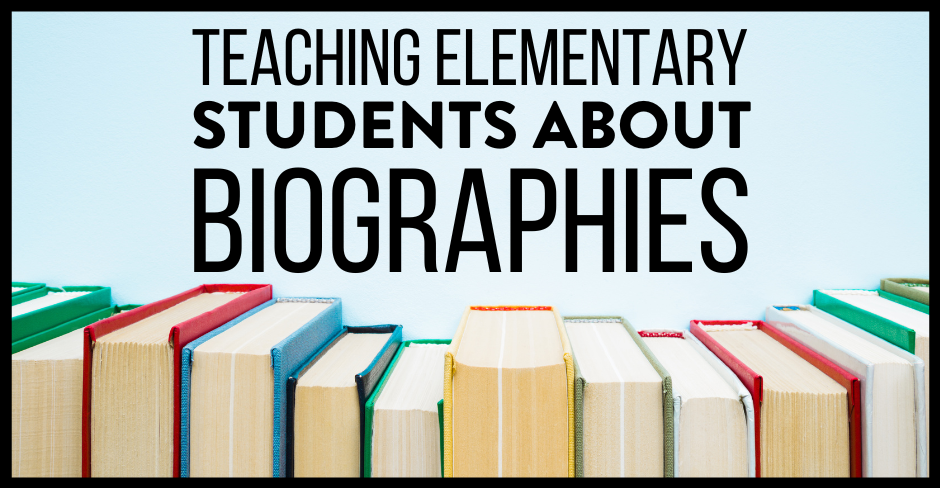
The Benefits Of Students Reading Biographies
There are so many benefits of teaching biographies and autobiographies! Readers are transported into that person’s life. They learn all about the person’s achievements, struggles, culture, life lessons, and personality. Biographies can also teach us about the world through the eyes of the subject while allowing the reader to make connections to them. Most students can find biographies they enjoy when they find people to read about that connect with their likes and dislikes to top it off.
How To Introduce The Biography Genre To Students
The easiest way to introduce and teach biographies is by gathering as many biographies and autobiographies as possible from your classroom library, school, and public library. Make sure that all the books you collect are around your student’s reading levels. This idea works for any theme.
Then, set out the books you collected on each of your students’ tables and have them explore. Ask them to write down what they notice. What do all the books have in common? Have students write down their findings on chart paper.
Next, have each table share with the class what they noticed. They should come up with some ideas like:
- They are all about people.
- The person accomplished something big.
- They all include essential dates or a timeline of the person’s life.
- They included real pictures or illustrations of the person.
- The books all tell factual information, and there are no made-up stories.
Lastly, tell students that books with these characteristics are called biographies or autobiographies. Be sure to tell students the difference between biographies and autobiographies too. Create an anchor chart to hang up for students to reference throughout your biography unit!
4 Ideas For Biography Mini Lessons
After introducing biographies, try one of these mini-lesson ideas for teaching biographies!
- Have students pick a person they are interested in learning more about. Then have them find books about the person and complete a research project about that person to present to the class. You could even take it a few steps further and have students share what they learned in costume as the person they researched in a wax museum activity!
- Have students create a social media page of the person they learned about in their biography
- Have students read about a person of interest, and then write journal entries as that person.
- You could make it seasonal! Around fall, have students paint a pumpkin like a person they read about and present important events or accomplishments as they share their pumpkin. In spring, students could make biography flowers where the center was a photo of the person, and the petals are important events and accomplishments.
Strategies For Using Mentor Texts To Model Reading Biographies
Teaching biographies is simple when you use these strategies!
First, pick any biography or autobiography mentor text and read it aloud. Ok, maybe not ANY. Be sure to choose one that will be engaging to your students. Think about the things they enjoy and go from there. I love picture books because students can generally read them in one session. (Make sure you preview the text first and mark with sticky notes to remember to stop and discuss during the read-aloud!)
Stop at important dates, accomplishments, life lessons, or significant life events to discuss. I even stop to discuss any figurative language or text features included. This will help students with both reading and writing! Students generally have TONS of connections to share during biography read alouds that lead to great conversations.
How To Teach Students To Write Biography Reports
One way to help students learn how to write biographies is to write their first one about themselves! Students can brainstorm what should be included in their biography by creating a timeline that includes important events in their life. Then, they use the timeline to help them write their biography in chronological order. You can model this with a biography about yourself on an anchor chart for students to use if they need help. This is also an excellent way to get to know each other at the beginning of the year!
When it comes to writing biographies about other people, students need to have read several biographies to get an idea of how authors organize this type of writing. When you read aloud, be sure to point out that authors of biographies generally write the story of the person’s life from beginning to end. So students will need to be familiar with sequential order/chronological order text organization. Have students fill in a timeline when you model during read alouds. Point out that biographies usually focus on a part of the person’s life that taught them a life lesson. This biography project and biography activities are great resources for teaching biographies.
Resources for Teaching Biographies
Here are some resources for teaching biography:
1. Biography Project for Elementary Students
Are you looking to begin using a biography project ? Perhaps you are just looking for something better than you already use. If so, this is the resource you need! It is a great resource for teaching elementary students about biographies.
This is a great project to complement a genre study of biographies, an author study, social studies concepts and more. I’ve recently updated the entire product so that it now includes an option to do the Living Biography Museum where families come into school and the students “perform” in character OR can instead be used simply as an independent research project in class or as a homework assignment.
The twist is that instead of having the students dress in costume (which can be a hassle for the parents since most kids can’t put their own costume together) they make a poster board costume with a space for their head to pop through.
A-DOR-ABLE!!!
In the past I’ve done the living museum and had students prepare a brief speech to recite in character. This year I opted to send it home as a homework project and will instead take their photos with their poster board and display them with the written report.
This download now includes BOTH the original version and my new and improved updated version as well. If you have high achieving students who need enrichment this is a perfect activity for them to do on their own or you can use it with an entire class. It’s ideal for grades 2-5.
This biography project contains everything you need to have your students complete a project of their very own to present in class or at a Living Biography Museum.
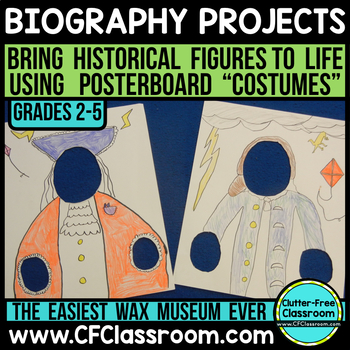
What is included in this biography project?
Make teaching biographies fun by incorporating this biography project , which includes the following:
- Grading rubrics / criteria checklist
- Graphic organizer to plan writing
- Graphic organizer to record sources
- Student writing pages
- Poster board visual directions
5 Reasons Why Teachers Love It
Below are 5 reasons why teachers love using this resource for teaching biographies.
- This comprehensive biography project includes differentiated materials, so all you will be able to meet all of your students’ needs and your they will feel successful.
- The project makes a challenging concept accessible for elementary students.
- This resource facilitates a fun hands-on learning experience that offers opportunities for students to practice important skills without them even realizing it.
- This print and go resource will save you lots of time planning and prepping.
- It is aligned to the Common Core Standards, so it will give you peace of mind knowing your students are practicing important grade level skills.
How to Implement the Project in Your Classroom
You can either do a Living Biography Museum where families come in to school and the students perform in character or it can instead be used simply as an independent research project in class or as a homework assignment.
How I Used the Resources in My Classroom to Teach Biography
We had so much fun making these bio poster boards.
As a bonus, the kids learned a ton.
I started by having them complete oodles of activities from my biography activities packet which acquainted them with a whole bunch of famous folks.
Then I had them work in teams to research Benjamin Franklin. They had discussions about why he was famous. They talked about his accomplishments. Finally, they each wrote about him in the 1st person and performed a monologue as if they were Ben.
To make it oh-so-much-more-fun, I gave them each a poster board to use as a “costume.”
I’m now having them each select their own historical figure of choice to repeat the process as an independent project at home.
I seriously loved this project. The kids did too.
They enjoyed walking around wearing their poster boards and singing, “Who flew a kite in a storm and made history… Ben Franklin Square Pants.”
They also enjoyed having “conversations” with each other while wearing the poster board.
Kid 1: Hey Ben
Kid 2: Yo Ben
Me: **Listening carefully how this conversation is going to go.**
Kid 1: Ben, I really liked how you proved lightning was electricity.
Kid 2: Thanks Ben. You know you’re awesome, right? I mean, you signed the Declaration of Independence and all.
Kid 1: I know dude, right? I totally rock!
And then there was the boy who did a stellar job with his presentation… and then ended it by yelling, “Thank you Philadelphia. Ben Franklin has left the building.”
Third graders make me laugh.
2. Biography Activities for Elementary Students
These biography activities are great resources for teaching biographies to elementary students. It provides teachers with no prep printable biography activities that can be used over and over when studying any person.
This unit was designed to enhance the study of individuals. The activities can be used as part of a genre study or within the content areas. I have also used them with author studies and have had the children complete them as autobiographies about themselves.
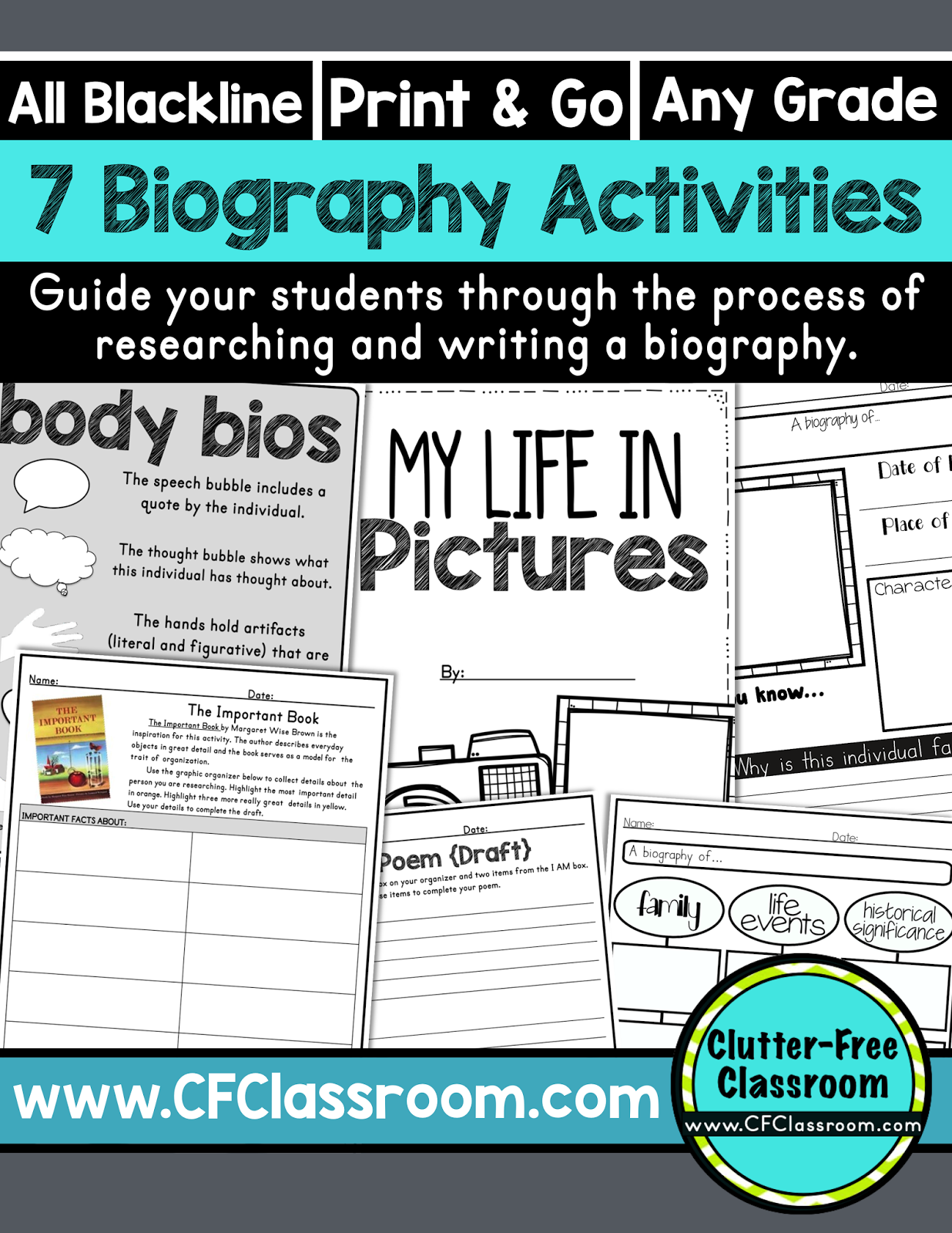
What is included in this resource?
This biography activities resource includes 7 activities. Learn about them below!
1. Biography Poster
Students gather information about any individual and use their research to create an 8.5 x 11 inch poster. The poster has spaces to record the person’s name, date of birth, place of birth, interesting facts, reasons of importance and character traits. They then draw a portrait of their individual.
2. My Life in Pictures: A Scrapbook Biography Project
To complete this biography, activity the student will take on the role of the individual they are studying. The student can either draw illustrations or print and attach photos highlighting important parts of the individual’s life. The student then writes captions. This biography report is so much more fun than writing an essay and more pages can be added as enrichment.
3. Top-Down Topic Web
This graphic organizer shows the relationships to the main idea and details. They represent main ideas in a hierarchy. These research-based tools help the students to comprehend what they have read because it organizes ideas in a systematic, visual graph.
4. The Important Book Biography Activity
The Important Book is a great book for teaching students about writing patterns. This activity was modeled after the format of that book and was designed to encourage students to identify key, important facts about the person they are studying. It makes a great bulletin board display.
5. Body Biography
A Body Biography project is a combination of artwork and writing. The packet includes a poster to use as directions or to display with the students’ completed biography projects. They complete sections such as a speech bubble with a quote by the individual, a thought bubble to show what they have thought about, shoes labeled with places the person has been, a heart filled with character traits. They then draw objects in the hands that relate to the person and create a background that tells the viewer more about the historical figure.
6. Timeline Biography Report
Unlike a lengthy written report, this is a creative way to showcase important events in the person’s life. Students identify key moments and tell about them in words and pictures. They are added to a foldable accordion booklet in sequential order.
7. I AM Poem
An I AM Poem is typically completed as an autobiography. I also have my students do one about themselves to learn more about them. The format is also great for showing what they know about a person they have learned about. The students take on the role of that person to write the poem in the first person.
- These biographies activities are high-interest for students, so they’ll be motivated to learn through reading and researching.
- This comprehensive resource includes differentiated materials, so all you will be able to meet all of your students’ needs and your students will feel successful.
- Your principal, colleagues and school librarian will be impressed by the creative methods of sharing learned information and the integrated learning that takes place.
- The resources can be used with an biography study and be used over and over again.
How to Implement it in Your Classroom
It’s part of our social studies curriculum and technically it is a study of Massachusetts Biographies, but we began learning about the genre with a mini-study of Martin Luther King Jr.
I read several picture books and the students buddy read a free printable reader from A to Z.
We created a top-down web listing information that we learned about MLK.
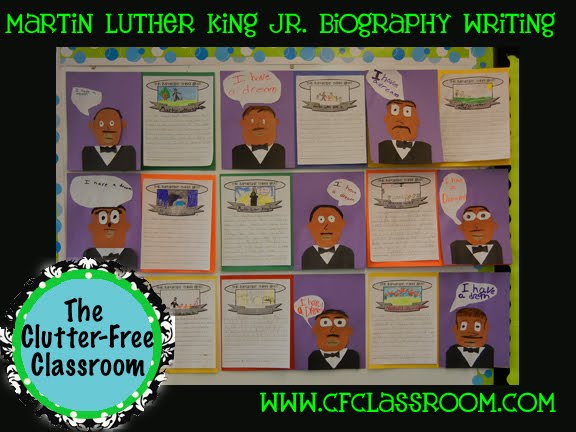
Then I read The Important Book by Margaret Wise Brown, and the students completed an activity I created for my biography packet that was inspired by the book. They used the same format as Brown’s book to compose their own version, “The important thing about Martin Luther King Jr. is…”
Finally, each of my friends made a portrait of MLK using the directions from TLC. They came out crazy cute. I hung each of them up even though I’ll probably take them down and send them home soon. They were just too adorable not to display.
Today, we did another activity (The I Am Poem) from the biography activities packet and a craftivity to go with it. I really feel like I am able to get to know my students on a completely different level through projects like these. They really open up and share such sweet ideas and insight into who they are.
3. Biography Picture Books
Belo are 4 high-quality biography children’s books for elementary students.
1. Martin’s Big Words by Doreen Rappaport
Martin’s Big Words by Doreen Rappaport is a nonfiction picture book that teaches children about the life and dream of Dr. Martin Luther King Jr. Students will learn what life was like for Martin growing up and how he became a leader in the fight for equal rights.
Throughout the book, the author includes actual quotes from Martin Luther King Jr. This book explains how Martin Luther King Jr. encouraged people to use their words to make change and the impact he had on the country. This story follows Martin all the way from childhood through the end of his life.
I liked this book so much I added it to my Starts With a Story collection! Grab these Martin’s Big Words activities to deliver a highly engaging and purposeful interactive read aloud!
2. The Story of Ruby Bridges by Robert Coles
The Story of Ruby Bridges details the struggles that six-year old Ruby Bridges endured when she was chosen to attend an all-white, segregated school as a black girl.
All of the other students’ parents pulled their children out of school because of her, and so she was forced to attend class all alone. She was escorted by U.S. Marshalls every morning, as she had to listen to jeers and insults being thrown at her while she was entering the school.
Despite these hardships, Ruby’s courage through non-violent actions did so much for the civil rights movement, and later that year, two white boys started to attend school with her. This inspirational true story teaches children that, no matter what age you are, anyone can be a trailblazer for change.
I liked this book so much I will be adding it to my Starts With a Story collection! Grab these The Story of Ruby Bridges activities to deliver a highly engaging and purposeful interactive read aloud!
3. The Girl Who Thought in Pictures: The Story of Temple Grandin by Julia Finley Mosca
The story The Girl Who Thought in Pictures follows the life of Temple Grandin. The story starts off with Temple being born, and the doctors thinking that she needed to be sent away because she was different. Temple liked to watch things spin, did not like loud noises or crowds, anything that was itchy, or big squeezy hugs. She also did not talk until she was three. Temple got diagnosed with Autism. Her mom said that Temple was “different, not less.”
When Temple goes to school, the children there would tease her relentlessly. One day, Temple’s mom thinks that it would be better for Temple to stay on her aunt’s ranch. There, Temple finally feels comfortable and explores ways to help animals. Temple goes to college and gets three degrees! Now she travels the world giving speeches and spreading hope. She spreads the message that the world needs brains of all kinds.
I liked this book so much I added it to my Starts With a Story collection! Grab these The Girl Who Thought in Pictures activities to deliver a highly engaging and purposeful interactive read aloud!
4. Planting Stories: The Life of Librarian and Storyteller Pura Belpre by Anika Denise
The sixth picture book on the list of books that are great for teaching biographies is Planting Stories . It is a biographical picture book about Pura Belpre, who was the first Puerto Rican Librarian in New York City. When she started working the library, she realized that there weren’t any of the stories and folktales that she was familiar with in Puerto Rico. She decides to share her stories during story hour and through puppet shows, and eventually publishes a book.
Pura travels across the country and from classroom to classroom planting her story seeds and educating about her homeland. When she returns to the library, she sees that her story seeds have bloomed and everyone is telling her stories. Students will love learning about Pura and how she shared her stories with children everywhere.
I liked this book so much I added it to my Starts With a Story collection! Grab these Planting Stories activities to deliver a highly engaging and purposeful interactive read aloud!
You might also like...
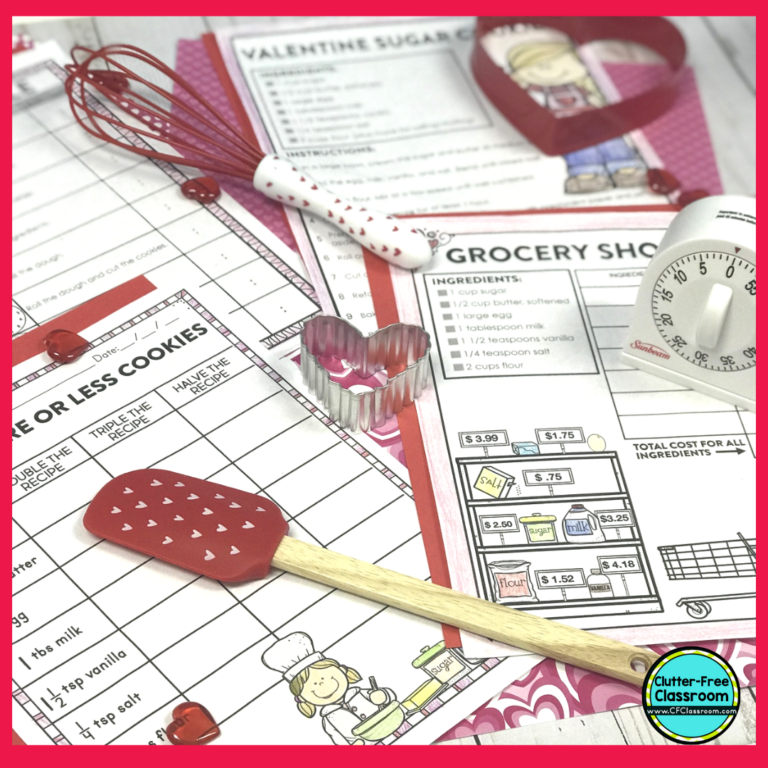
Project Based Learning Activities for Elementary Students
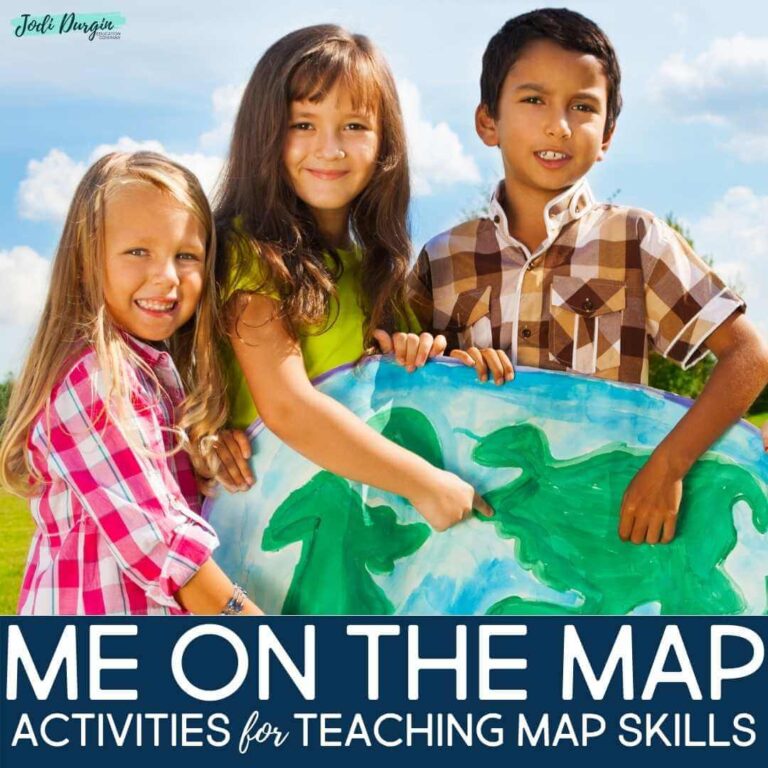
Me on the Map Activities and Printables for Elementary Teachers – 2024

Student-Made Board Games Ideas for Elementary Teachers in 2024
Join the email club.

- CLUTTER-FREE TEACHER CLUB
- FACEBOOK GROUPS
- EMAIL COMMUNITY
- OUR TEACHER STORE
- ALL-ACCESS MEMBERSHIPS
- OUR TPT SHOP
- JODI & COMPANY
- TERMS OF USE
- Privacy Policy

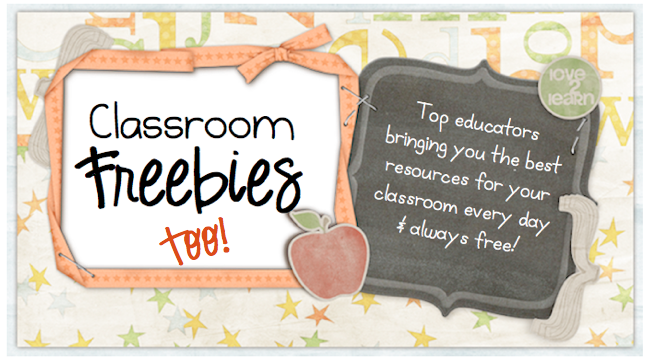
- The Freebies!
- About Classroom Freebies Too
Biography Research Packet

Get new freebies by email:
Make sure to use a home email address. school servers tend to "eat" the emails., more popular posts.

Biographical Resources: A Research Guide: Introduction
Introduction.
- National and International Biographies
- Biographical Indexes
- K. G. Saur Indexes & Microfiche
- Subject Biographies
- Dissertations and Theses
- Research Help
We purchase access to new online versions of major biographical reference sources as they become available. Many important biographical resources are available in print and on microfilm. This guide combines online titles with the selected microform and print biography titles in the Olin and Africana reference collections. Online databases are available to Cornell users only.
Biography is a branch of the study of history. The reliability of biographical sources varies widely and is subject to the usual vagaries of historical studies: lack of accurate information, too much or conflicting information, too little information, psychological theorizing, etc. But a well-written biographical article in a reliable reference book or database can be a source of both pleasure and enlightenment. Enjoy!
For further information or to locate titles not listed here, always feel free to consult with the reference staff .
Reference Help

Permissions Information
If you wish to use or adapt any or all of the content of this Guide go to Cornell Library's Research Guides Use Conditions to review our use permissions and our Creative Commons license.
- Next: National and International Biographies >>
- Last Updated: Aug 14, 2024 4:43 PM
- URL: https://guides.library.cornell.edu/biographyresearch

- UC Irvine Dunlop School Home Page

Bio Sci 197, 198, and 199
What is bio sci 199.
Bio Sci 199 is an opportunity for undergraduate students to perform supervised undergraduate research alongside a mentor while getting graded units in research!
The Charlie Dunlop School of Biological Sciences believes that successful participation in creative research is one of the highest academic goals its undergraduates can attain. Approximately 1,000 students are enrolled in and conduct experimental laboratory, field, or clinical research as an apprentice scientist under the supervision of a professor in one of the more than 250 laboratories in the Charlie Dunlop School of Biological Sciences or the School of Medicine.
Gain Lab Skills
Polish your basic lab or clinical skills.
Participate at Events
Participate in on campus student research conferences (UROP, SURP, Excellence).
Get Published
Become a published writer.
How to Start Bio Sci 199
In order to get into a Bio Sci 199 lab, undergraduate students must:
1. Complete three UCLC Health and Safety Trainings . 2. Find a Faculty Mentor (PI) that is in the Bio Sci 199 program (Check Research Dashboard).
Learn more from the Bio Sci 199 information drop down menu below or watch the videos below: “Demystifying Bio Sci 199 and Undergrad Bio Research” and “How to Submit Bio Sci 199 Paperwork.”
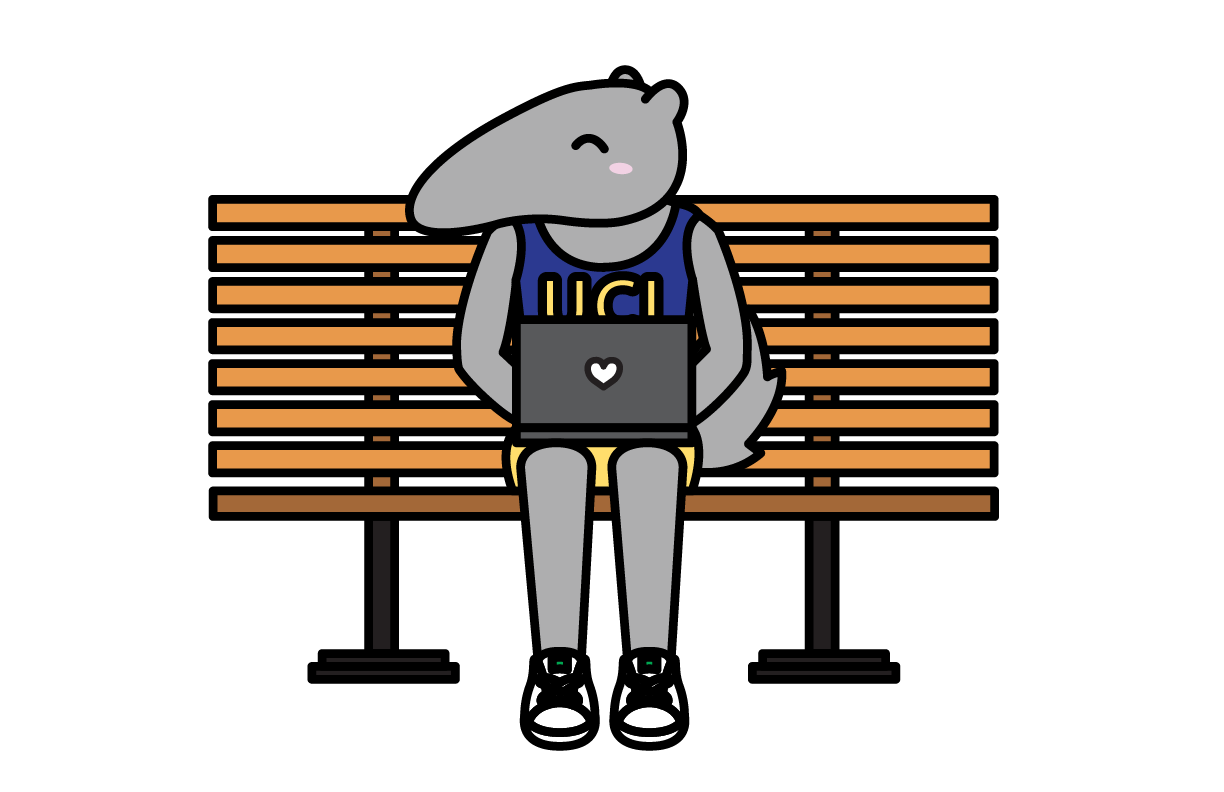
Demystifying Bio Sci 199 and Undergrad Bio Research
How to Submit Bio Sci 199 Paperwork
PDF Instructions
How to Navigate the Research Dashboard: Find instructions on how to submit your research packet paperwork on the Research Dashboard.
Helpful Bio Sci Research Information
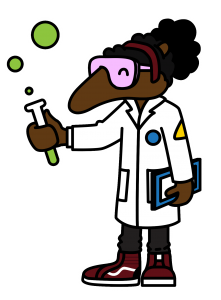
General Requirements for Bio Sci 197, 198, 199
1. Students must be in good academic standing – major and cumulative GPA of 2.0 or higher.
- UC Irvine Alumni (former UC Irvine undergraduates) can enroll through UC Irvine Division of Continuing Education (during Fall, Winter, Spring quarters) or Summer Session .
2. Bio Sci majors must pass Bio Sci 94: Organisms to Ecosystems and complete the three mandatory UC Learning Center (UCLC) health & safety modules PRIOR to enrollment.
- Non-Bio Sci majors are exempt from Bio Sci 94 but must complete the three UCLC health & safety modules PRIOR to enrollment.
3. Click HERE for instructions on how to complete the UCLC health & safety modules.
4. Bio Sci students must at least be in their spring quarter of their 1st year.
5. The Bio Sci 197, 198, and 199 program is only for current and former UC Irvine students only.
Bio Sci 199 Packets/Required Paperwork
Packet a (basic science laboratory).
If you are performing basic science research or working in a basic science laboratory (no UC Health patients or human subject intervention), please print, fill out and turn in Packet A. If you are still unsure which packet to complete, please refer to the gray Comments box on the Web Schedule of Classes.
Packet B (Clinical Packet)
If you are: a) working with Human Subjects (including control subjects) and/or b) working with patients or at any facility where patients are present, please print, fill out and turn in Packet B . The below sites are some of the locations where patients and research subjects are seen. If you are still unsure which packet to complete, please refer to the gray Comments box on the Web Schedule of Classes. Please note: Fee to meet with UC Irvine Student Health Center will be accrued.
- UC Irvine Medical Center – Douglas Hospital
- UC Irvine Building 200
- UC Irvine Medical Center Building 55
- Gottschalk Medical Plaza
- Joslin Diabetes Center
- Santa Ana Family Health Center
- Anaheim Clinic
- Centerpoint Child Development Center & School
- Beckman Laser Institute (complete packet if work is with human subjects and/or patients)
- Hewitt Hall (aka Institute for Clinical Translational Sciences; complete packet if work is with human subjects and/or patients)
- Long Beach VA Medical Center
- Long Beach Memorial Medical Center and affiliated hospitals
- Fairview Developmental Center
- CHOC Children’s Hospital
- Other UC Irvine School of Medicine locations
Continuing Bio Sci 199 Research Students – The packets are valid for one academic year (Summer through Spring). Students who submitted the packets this past summer, they are valid until the end of spring quarter.
To obtain the updated immunization verification, please follow the instructions in Packet B.
Continuing Packet A – Please submit a new packet through the Research dashboard.
Continuing Packet B – Please submit a packet through the Research Dashboard. Beginning Winter 2022, all supplemental materials will be submitted to Qualtrics. For more information, please download and refer to the Packet B on the Research Dashboard. We recommend repeating the computer-based training for a refresher, but it is not mandatory. Reprint the certificates for the Annual Training and Fire Extinguisher Safety Training. To obtain the updated immunization verification, make an appointment with UC Irvine Student Health Center at (949) 824-5301 as soon as possible. Students who cannot complete the packets by the deadline, please consider enrolling in Bio Sci 199 the following quarter. It is the student’s responsibility to conduct enrollments in a timely manner.
How to Find a Bio Sci 199 Faculty Sponsor
It is the student’s responsibility to find and contact their faculty sponsor. Below are some links to where you can find faculty sponsors:
FIND Faculty Sponsor
Department Websites
Click here to view tips and tricks on how to find a faculty sponsor.
- Make a list of 4 or 5 labs that you are interested in. Note: some students have had to contact 15+ professors before they find someone .
- Do some research before contacting the professor. I.E. Reading a journal article published by professor. Science Librarian can help you.
- If the faculty DOES NOT have a course code on WebSoc, please have faculty contact Bio Sci 199 Coordinators to check eligibility by emailing [email protected]
- Email the list of professors to schedule an appointment. In your email please include the following: – Your career goals & interests – Why you want to conduct work in the particular arena – Time that you are available, quarters & hours per week
- Enjoy your discussion with professor; ask any questions that are important to you, such as what are the opportunities for own project and co-publishing a paper.
- Most Professors want a 1 year minimum commitment, some may want more. Be prepared with how much you can offer.
How to Enroll in Bio Sci 199 for AY 2024-25
- Fully read all of the Program Standards & Policies
- Apply for Bio Sci 199 by contacting faculty you wish to do research with.
- Once a position is secured make arrangements with professor as to # of hours and # of units
- Log-in to the Research Dashboard to complete the appropriate 199 packet (depending on location of research)
- Follow all instructions and do all paperwork
- Submit packets via the Research Dashboard
- Once the packets have been submitted, you will receive an email confirmation instructing you to enroll in the specific faculty’s Bio Sci 199 via WebReg. THIS PROCESS CAN TAKE UP TO 1-2 BUSINESS DAYS.
- The deadline to submit a packet for Bio Sci 199 is the Friday of the 2nd week by NOON.
- Once the packet is approved, students must add by the ADD/DROP deadline, Friday of the 2nd week by 5PM.
For new Bio Sci 199 students, you must complete Bio Sci 199 packet (see below) to start research. Bio Sci 199 packets are valid for one academic year (fall, winter, spring and summer). The deadline to submit a packet for Bio Sci 199 is the Friday of the 2nd week by NOON, (note: summer I and II deadlines are Friday of 1st week.) The ADD deadline for fall, winter, and spring quarter enrollment is always the Friday by 5PM of the 2nd week of each quarter. The deadline for Summer Session 1 & 2 is the Friday of first week of each session.
For continuing Bio Sci 199 students, all packets will expire summer session every year , please remember that you will need to submit a new Bio Sci 199 packet for Fall Quarter if you plan to continue in research.
NOTE: ADD/DROP DEADLINES for each quarter are strictly enforced.
How to Enroll in Bio Sci 199 for Summer 2025
The Research Dashboard will open for new packet submissions Spring 2025 (please check back at that time). If you want to sign up for a new Bio Sci 199 lab beginning Summer, please upload all packet documents at that time.
Important Vaccination Information for Packet B
For a Packet B please be sure to review the Bio Sci 199 Vaccination Clearance Request FAQ in the Supplemental Materials on the Research Dashboard.
For additional questions, please send an email to: [email protected]
Log in with your UCINetID and password . This will give you access to the Research Dashboard .
Packet submission DEADLINES for Bio Sci 199:
Summer Session 1: 1st Friday of the session by NOON 10-Week Summer Session: 2nd Friday of the session by NOON Summer Session 2: 1st Friday of the session by NOON Fall: Friday of Week 2 by NOON Winter: Friday of Week 2 by by NOON Spring: Friday of Week 2 by NOON
The Bio Sci 199 course must be added by the campus add/drop deadline, Week 2 during the academic year and week 1 of Summer Session 1 & 2, by 5 p.m.
Prerequisites for Undergraduate Research: Info & Instructions on UCLC Health & Safety Modules
- All students who are interested in participating in research must complete THREE health & safety modules on UC Learning Center (UCLC).
- Click here for more information and instructions on how to complete the UCLC modules (PDF)
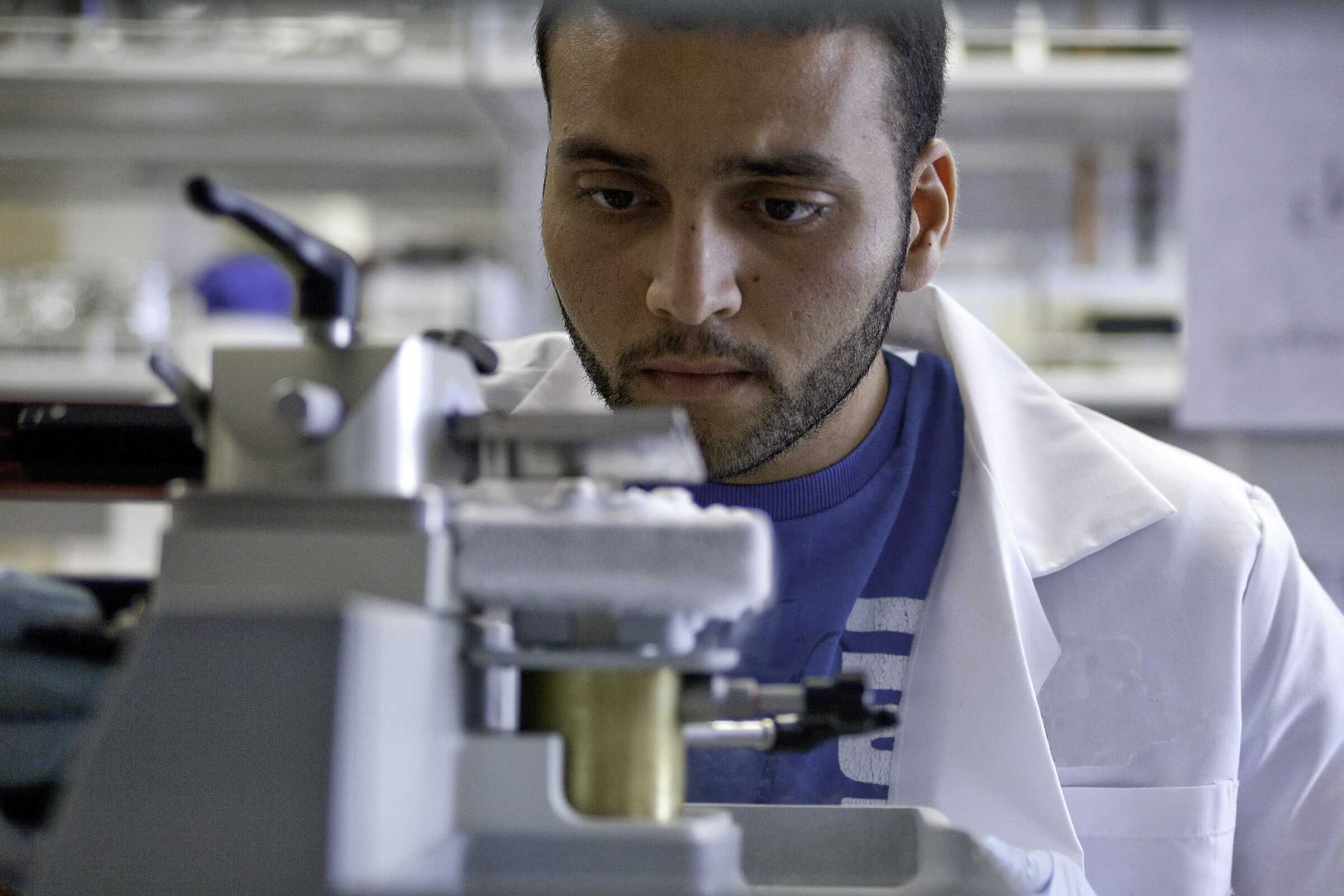
Faculty Resources
Bio Sci 197, 198, and 199 faculty sponsors must be members of the UC Irvine Academic Senate. To participate as a Bio Sci Undergraduate Research faculty sponsor (PI), you must be full time and have a professorship appointment, associate, assistant, professor in residence OR full time adjunct professor with the Charlie Dunlop School of Biological Sciences OR UC Irvine School of Medicine.
Unfortunately, faculty members affiliated with other UC Irvine schools/departments do not qualify for Bio Sci Undergraduate Research.
I am a Faculty who meets the qualifications, how do I join?
Please email [email protected] with your inquiry.
I am retired / I am not employed at UC Irvine anymore / I no longer want to participate in Bio Sci 197, 198, 199 - what should I do?
Should you no longer want to participate in Bio Sci Undergraduate Research, please email [email protected] . We will update our records and remove your lab from the Schedule of Classes.
I already have an active Bio Sci 197, 198, 199 section and want to ADD another. How can I do this?
Please email [email protected] with your request.
Students keep emailing me inquiring about my research. My lab is FULL and I cannot accept more students. What can I do?
You are able to “hide” or “unpublish” your lab profile on the Research Dashboard. This way students are not able to contact you or see your lab. You can make this update on your own on the Research Dashboard: https://undergraduate-research.bio.uci.edu/ .
- Click your lab profile tab.
- Scroll down to “Display Settings”.
- Turn OFF “Publish”.
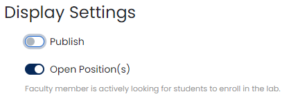
I want to increase my lab seats. Is this allowed?
The enrollment capacity for each lab section is 15 students. If for ANY reason you would like to add more students, please email [email protected] with your request. There will be a brief exception process. Your request will be reviewed by the Bio Sci Undergraduate Education Associate Dean. If approved, we will then increase your lab seats.
I am actively recruiting more students, is there a way to spotlight my lab?
Yes! We are able to spotlight your lab, so students are able to distinguish it. You can make this update on your own on the Research Dashboard: https://undergraduate-research.bio.uci.edu/ .
- Turn ON “Open Position(s)”
- Select the date range in which you want to be featured on the Research Dashboard.
How do I check who is enrolled in my lab?
You can view your class roster via WebRoster .
1) Select “Charlie Dunlop School of Biological Sciences” for the Dept.
2) Type “197”, “198”, or “199” for the Course Nums.
3) Type your last name for the Instructor Last Name.
4) Click “List Courses Below”
Click on the gray 5-digit course code button to view your roster.
If you want to see the number of research units each student is enrolled in, click the gray “Show Options & Seating” button and then tick “Enrollment Units”. Then, click “Redisplay Roster” button. You will see a new “Enroll Units” column.
How do I submit grades?
You will submit grades via WebGrades . For instructions on how to use WebGrades, please visit this page: https://www.reg.uci.edu/faculty-staff/tutorials/webgradesinfo.html .
The timeline for grade submission is posted on the academic calendar: https://www.reg.uci.edu/calendars/quarterly/2022-2023/quarterly22-23.html .
Program Standards and Policies
https://undergraduate.bio.uci.edu/bio-197-198-199/program-standards-and-policies/
Bio Sci 199 Prepares and Empowers Future Biologists
Students enrolled in Bio Sci 199 develop new scientific skills and knowledge while training with professors who are on the cutting edge of research and discovery in the biological and medical sciences making headlines today. Students enrolled in Biological Sciences 199 and who meet the eligibility requirements also have an opportunity to present the results of their research endeavors to peers and faculty by participating in the Excellence in Research Program. Because of the opportunity to actively participate in the undergraduate research training program our students have an understanding of and an appreciation for the research process which they could not have obtained in any other fashion.
- Homeschool Den
Making Homeschooling Hands-On, Engaging, Meaningful & Memorable! Be inspired by all the possibilities!! Check out our unit studies, packets and printables!
- History and World Cultures Units / Language Arts: Writing

Free Biography Writing Paper Packet
by Liesl - Homeschool Den
Today I have a free Biography Writing Paper Packet to share with you!
These writing pages include famous Americans as well as famous historical figures from King Tut to Marie Curie, Albert Einstein dozens more! These can be used with the biographies my daughter read (more details about those below) or just as quick assignments when you have the time. 🙂
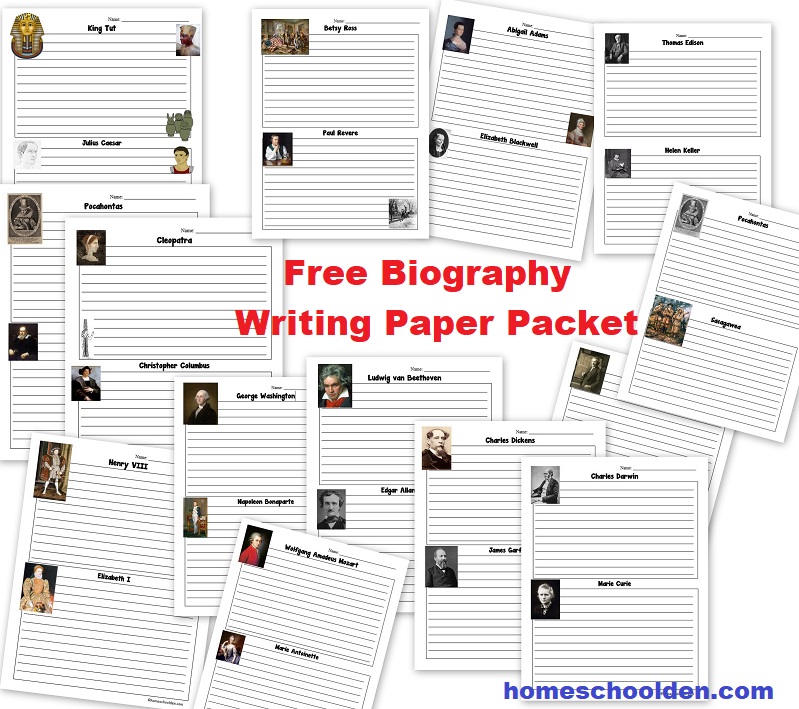
Last year, my daughter fell in love with a series called the Childhood of Famous Americans . She started with Abigail Adams and Betsy Ross (which we had picked up during our visit to Colonial Williamsburg). ( affiliate links ) She liked the series so much that we wound up purchasing a whole series. The books focus more about the childhood of each of these people. ED says that it doesn’t start talking about their adult accomplishments until about the middle of the book. 🙂
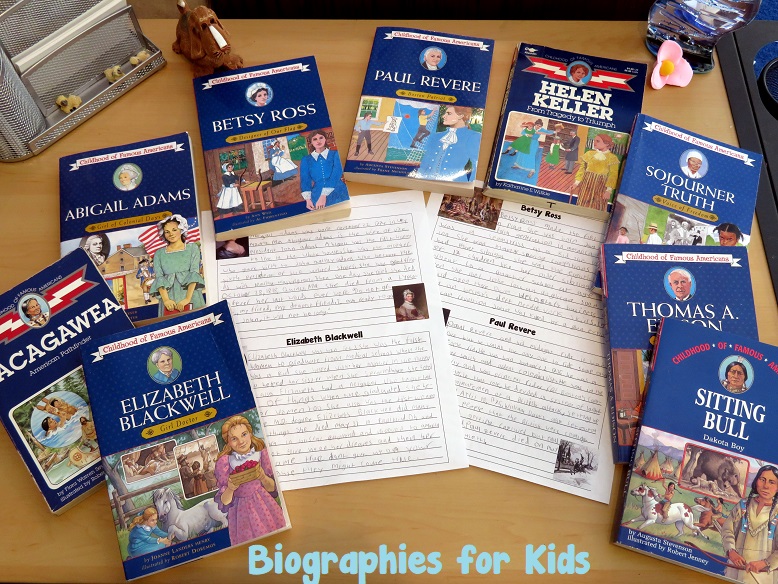
ED’s two favorites were Helen Keller and Harriet Tubman. These are the books in this series that we wound up purchasing. These are affiliate links :
Abigail Adams: Girl of Colonial Days Betsy Ross: Designer of Our Flag Elizabeth Blackwell: Girl Doctor Harriet Tubman: Freedom’s Trailblazer Helen Keller: From Tragedy to Triumph Paul Revere: Boston Patriot Sacagawea: American Pathfinder Sitting Bull: Dakota Boy Sojourner Truth Thomas Edison: Young Inventor
By the way, ED hasn’t yet read Thomas Edison or Sitting Bull because she then got sucked into another biography book… How They Croaked! (affiliate link)
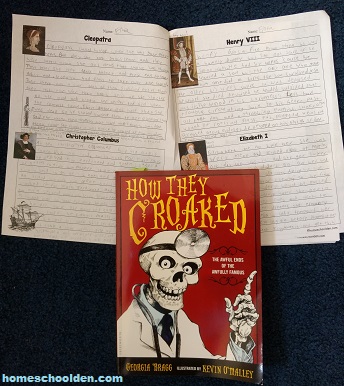
- Julius Caesar
- Christopher Columbus
- Elizabeth I
- Galileo Galilei
- Wolfgang Amadeus Mozart
- Marie Antoinette
- George Washington
- Napoleon Bonaparte
- Ludwig van Beethoven
- Edgar Allan Poe
- Charles Dickens
- James Garfield
- Charles Darwin
- Marie Curie
- Albert Einstein
ED absolutely loved this book! She generally read one chapter a day. I made her small biography pages for this book as well and she wrote a paragraph about each of these figures as well.
She said the weirdest and grossest chapter was definitely the one about Ludwig van Beethoven. She said she had never heard of anything like that before! Anyway, she said she would recommend How They Croaked to other kids; she really liked it!
Biography Writing Paper – Famous Historical Figures

Click here to save this on Pinterest :

If your kids are going to do Biography Research Papers, you might also want to check out this FREE Biography Research Paper Resource Pack
I wanted to mention this free Biography Research Paper Resource Pack that we also have here on the blog. I put this together the first time my (older two) kids wrote a research paper. I laid the steps on how to do a research paper (which I go over this in more depth in the packet)
- Choose someone you want to learn more about.
- Check out at least three books from the library. Write down the bibliographic information in proper format.
- Context: Before you start doing too much research, find out when this person lived and jot down some of the major world events happened at the time your person was alive.
- Character traits
- Significant events
- Accomplishments
- Interesting stories/anecdotes
- Lasting influences
- Before you begin writing your biography, pull out some quirky, interesting facts and tidbits about your person. Jot down all those memorable facts and ideas you’ve learned and think about how you want to organize your paper. Perhaps draw the reader in with the setting, time period and a short anecdote. Do you have a “secret to share”? That technique can intrigue your reader… Many people think that… but really…
Click here to visit the Biography Research Paper Resource Packet post and get the free download:
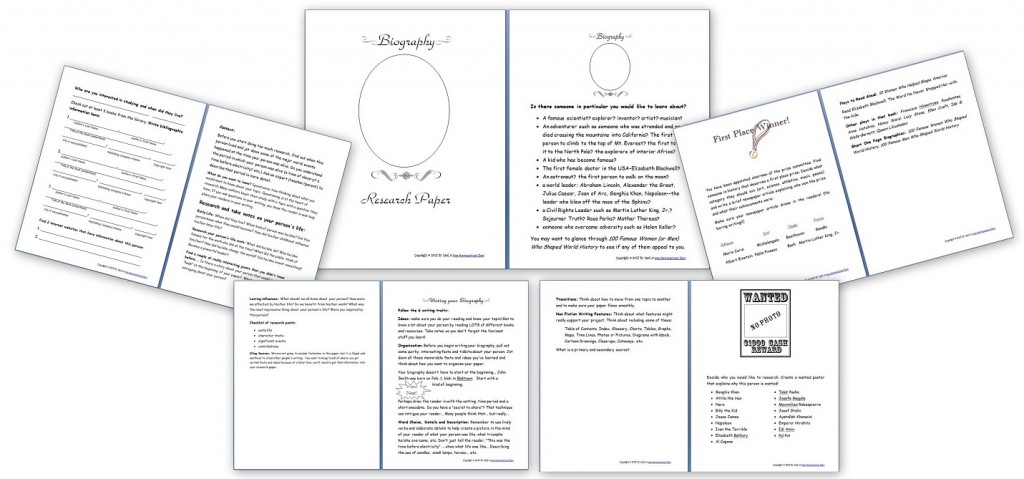
Be sure to check out our Writing Workshop Page. It includes a video I made on how we tackled writing in our homeschool.
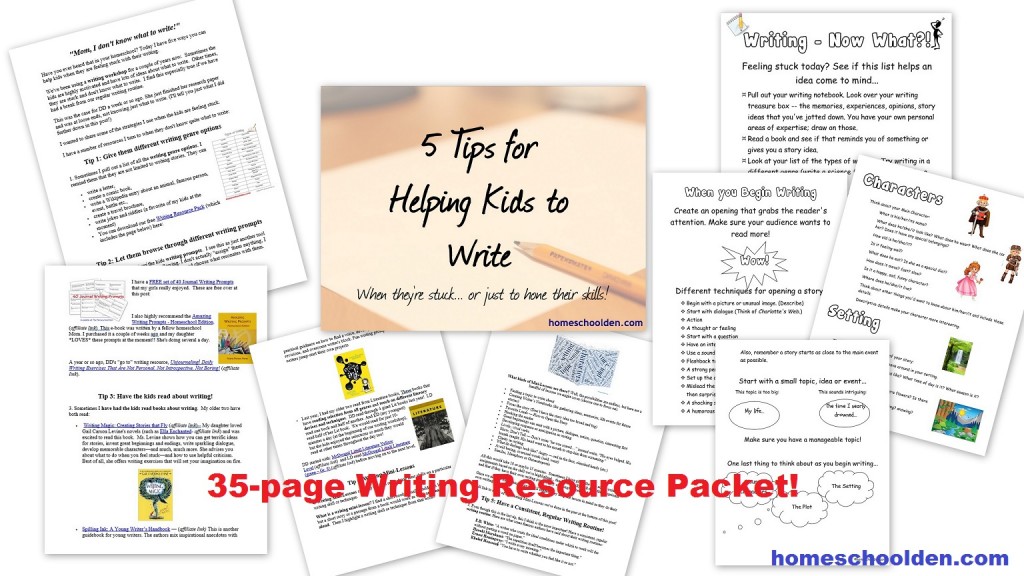
Civics and Government Unit (45 pages)
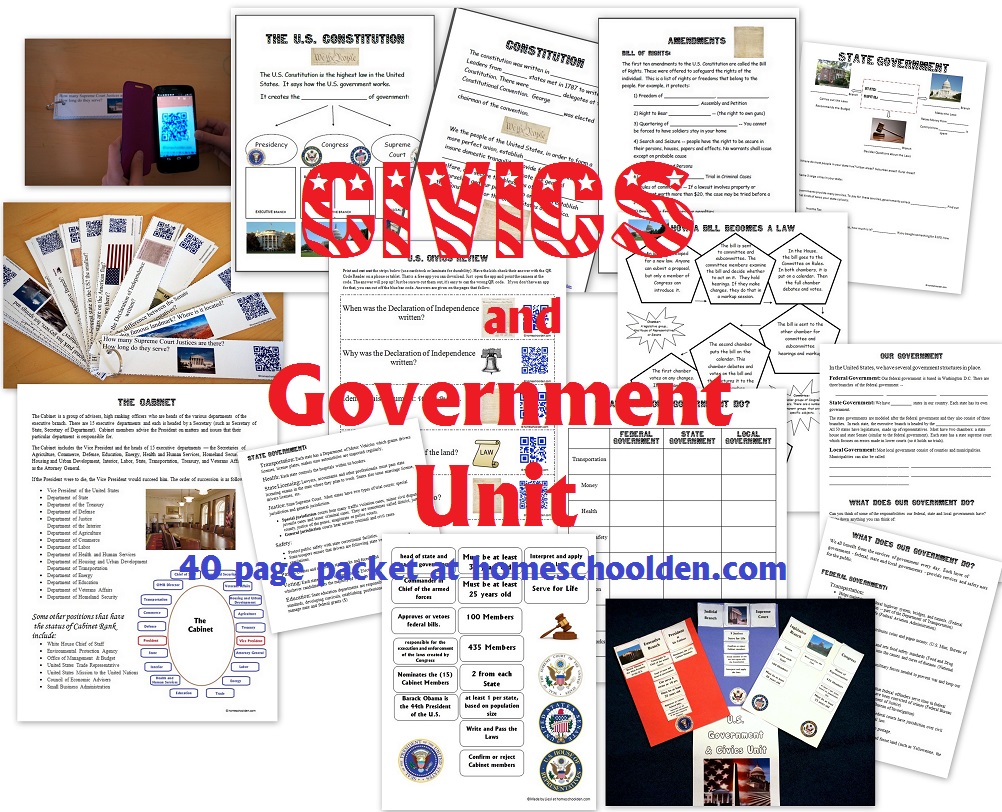
- Why was the Declaration of Independence written?
- What are the three branches of government?
- What are the first 10 amendments called?
- What is the difference between the Senate and the House of Representatives?
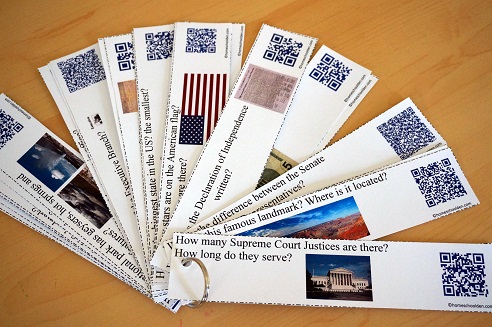
World Facts Packet Do your kids know the 4 largest countries? Which countries have the most people? The longest river?
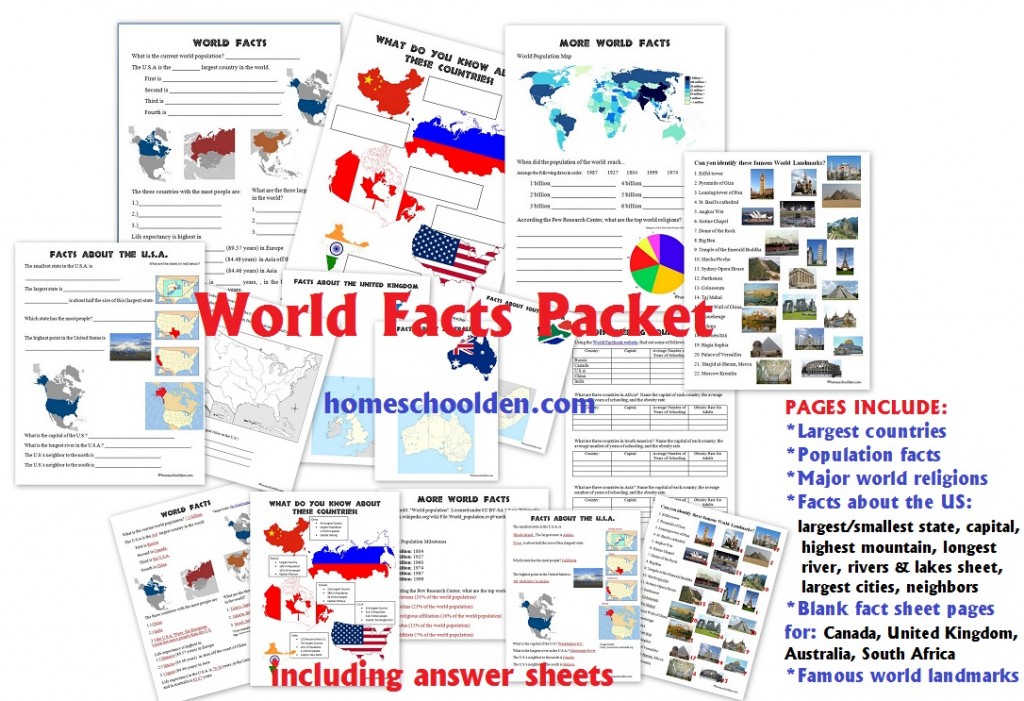
This packet covers basic world and U.S. facts. This packet also covers: World Landmarks, Geographic Features, Landforms, Deserts Age of Exploration Packet
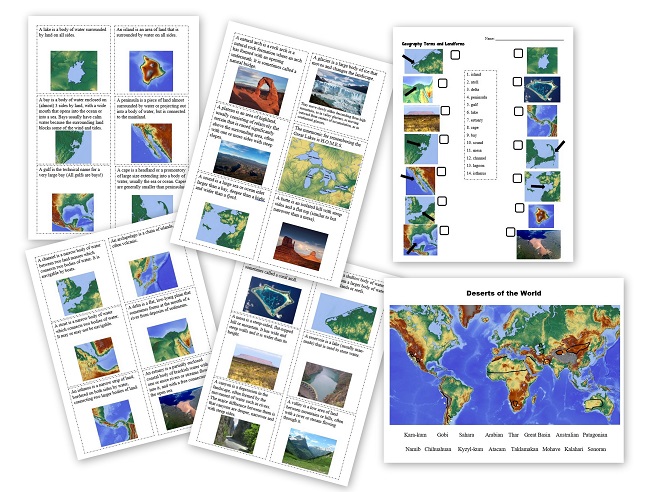
Causes and Events Leading the American Revolution Unit

Slavery and the Civil War Unit
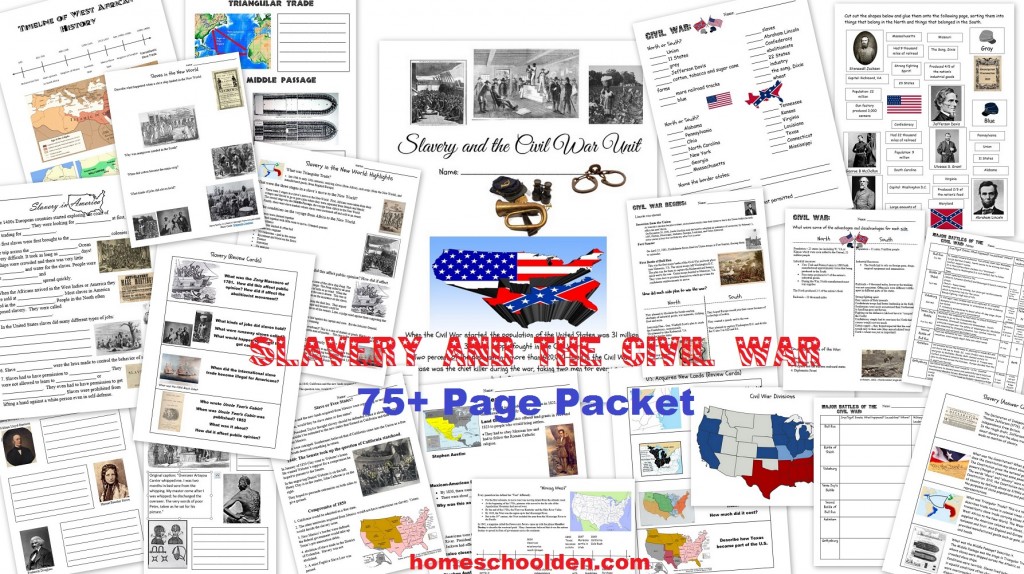
Feudalism Packet
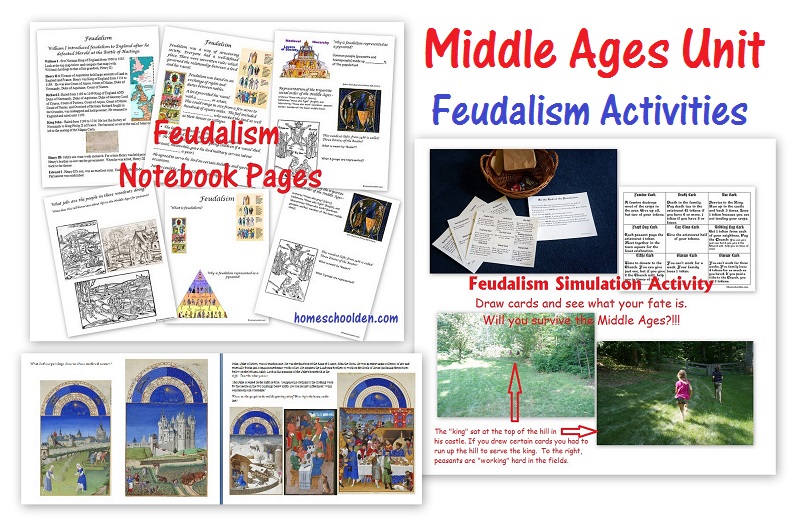
European History Packet – 1500-1750 : Renaissance, Reformation, Age of Absolutism, and Scientific Enlightenment Bundle (90+ Pages)

Where I Live Activity Packet
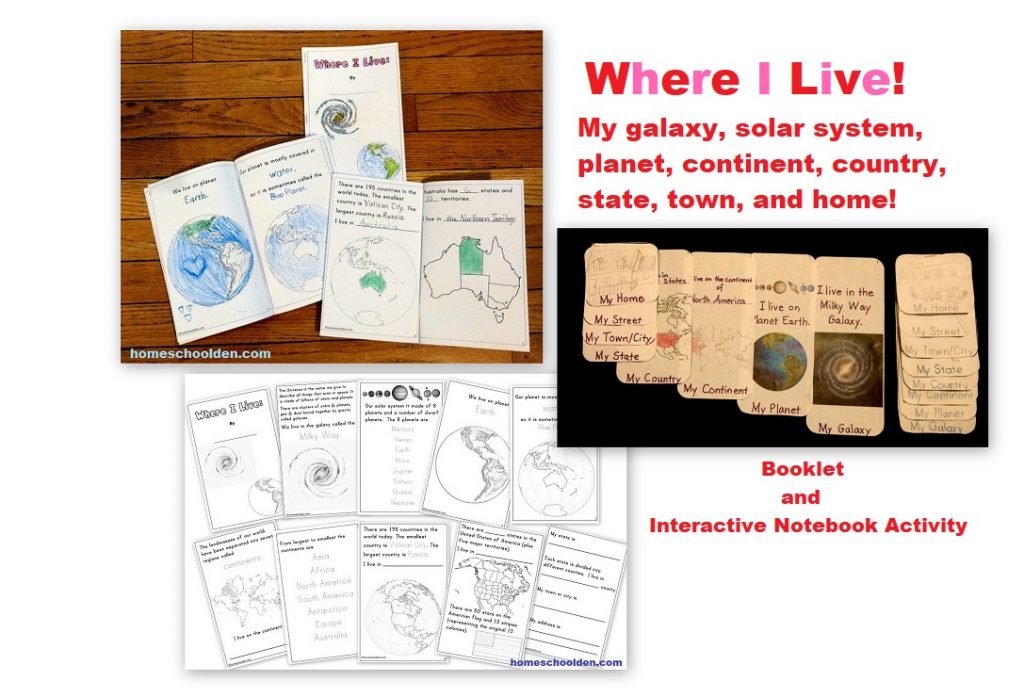
World War I Packet

Disclosure: Please note that some of the links in this post are affiliate links, and at no additional cost to you, I will earn a commission if you decide to make a purchase. If you do follow one of the links above, thanks for your support!
Tags: Biography Writing Paper Historical Figures
Leave a Reply Cancel reply
Your email address will not be published. Required fields are marked *
Save my name, email, and website in this browser for the next time I comment.
Hands-On Activities, Packets, Encouragement, and More!

Search Within Our Blog – Or scroll down to view the units we’ve covered!!
Hi i’m liesl.

Do you believe education can be exciting, inspiring, and full of joy? We do too! I love the quote by William Butler Yeats, "Education is not the filling of a pail, but the lighting of a fire." It's about getting the kids involved, engaged, and fired up about learning (while juggling the rest of life too!)
A bit about me: I have my Master's from Brown University. I have more than 20 years of teaching experience. I was a high school teacher for many years both in the U.S. and internationally and also taught for the University of Maryland before leaving to homeschool my 3 wonderful kids. To read more about us CLICK HERE .
Homeschool Den STORE

Click on the image to find out more about the units and packets we have available.
Homeschool Teaching Strategies

Testimonials Page

how do I start homeschooling

This post has links to dozens of posts and resources both for new and veteran homeschoolers for everything from finding homeschool curriculum to general homeschool advice and encouragement.
History Units

Click on the image above to see the History Units we covered in our homeschool.
Science Units and Packets

What science topics could I teach my 5-7 year old - Homeschool Science Curriculum
- Science Units

Click on the image above to see the Science Units we covered in our homeschool from elementary through middle school (and beyond!).
Science Supplies

Topics We’ve Covered
- 20th Century History
- Active Math Games
- Ages 2-6: Apple Unit
- Ages 2-6: Bird Unit
- Ages 2-6: Clocks – Telling Time
- Ages 2-6: Fairy Tale Unit
- Ages 2-6: Fall Theme
- Ages 2-6: Fire Safety
- Ages 2-6: Flower Unit
- Ages 2-6: Penguin Unit
- Ages 2-6: Pete the Cat Unit
- Ages 2-6: Preschool (Age 4)
- Ages 2-6: Preschool and Toddler Activities
- Ages 2-6: Preschool at Home
- Ages 2-6: Preschool for ED – Fall 2011 (age 3 1/2)
- Ages 2-6: Theme Time (age 2-4)
- Ages 2-6: Toddler/Preschool Activities
- All About Homeschooling!
- Ancient World History
- Art History – Modern Art
- Arts and Crafts
- Asthma and Allergies
- Australia – Geography and Animals
- Botany Unit
- Copywork Pages (Free)
- Critical Thinking Activities
- Death and Dying
- Ear Surgery
- electricity and circuits unit
- Elem-Children's Music 1 (6 yr old)
- Energy Pyrmaid
- Engineering – STEM Activities
- Engineering Challenges
- Facebook – Homeschool Den
- Family Meeting
- Food in America (concerns)
- Free Calendar Planning Pages
- Free Curriculum Resource Guides
- Free Homeschool Planner
- Games for Thinking and Learning
- hands-on science
- High School Math
- Highlighting Past Posts
- History and World Cultures Units
- History: Africa Unit
- History: Age of Exploration
- History: American Colonies
- History: American History
- History: American West Unit
- History: Ancient Aztecs, Incas and Mayans
- History: Ancient Egypt
- History: Ancient Greece Unit
- History: China Unit
- History: Civics, Government and Economics
- History: Civil Rights Movement
- History: Geography Activities
- History: Geologic Timeline (Montessori)
- History: India Unit
- History: Japan Unit
- History: Middle Ages
- History: Native American Indians Unit
- History: Rensaissance and Reformation
- History: Slavery and the Civil War
- History: This is the United States-Unit Study (grade 1)
- History: World Religions
- Holiday: Christmas Activities
- Holiday: Earth Day
- Holiday: Easter
- Holiday: Father's Day
- Holiday: Halloween
- Holiday: Labor Day
- Holiday: Memorial Day
- Holiday: Mother's Day
- Holiday: New Years
- Holiday: Olympics
- Holiday: St. Patrick's Day
- Holiday: Thanksgiving
- Holiday: Valentine's Day
- Homeschool Encouragement
- Homeschool High School
- Homeschool Mastermind Group
- Homeschool: Interviews with other Homeschoolers
- Homeschool: Month in Review
- Homeschool: Organizing and Cleaning
- Homeschool: Our Homeschool (what our day is like, curriculum choices, etc.)
- Homeschool: Planning and Preparation
- Homeschool: Random Thoughts
- Homeschool: Useful Resources (websites books etc)
- Homeschooling in the News
- How to Start Homeschooling
- Kindergarten
- Kindergarten Math
- Language Arts – Grammar Spelling Reading Writing Categories
- Language Arts – Grammar Worksheets
- Language Arts: Books: Children's Literature
- Language Arts: Reading
- Language Arts: Spelling
- Language Arts: Writing
- Math – Algebra
- Math – Percents Fractions and Decimals
- Math General Posts
- Math–Addition
- Math–Division
- Math–Fractions
- Math–Geometry
- Math–Multiplication
- Math-Roman Numerals
- Math: Pre-Algebra
- Math: Preschool Math
- Mom Stories
- Montessori (general info)
- Online Homeschool Classes
- Outdoor Fun
- Outdoor: Fossils
- Preparing for College
- Science Experiments
- Science: Animal Characteristics
- Science: Astronomy Unit
- Science: Biology Unit
- Science: Biomes; Animal Habitats
- Science: Cell Unit
- Science: Chemistry Unit
- Science: Digestive System
- Science: Dinosaurs Unit
- Science: Earth Science Unit
- Science: Electricity and Circuits Unit
- Science: Energy Unit
- Science: Food Chains
- Science: Garden Science
- Science: Hibernation
- Science: Human Body Unit
- Science: Magnets
- Science: Natural Disasters Unit and Activities
- Science: Nature Studies
- Science: Ocean Unit
- Science: Physics Unit
- Science: Plant Unit
- Science: Rain Forests
- Science: Rocks and Minerals
- Science: Simple Machines Unit
- Science: States of Matter Unit
- Science: Taxonomy Scientific Classification
- Science: The 5 Senses
- Science: Vertebrates – Invertebrates
- Science: Water Unit
- Science: Weather Unit
- Science: Whale Unit
- Sign Language
- Starting to Homeschool
- Story of the World
- Summer Activities
- Trips We've Taken
- U.S. Presidents
- Uncategorized
- Where We Used to Live (Australia posts)
- Winter Unit
- World Animals
- World War I
Homeschool Resources and Books

A list of the books we've used most in history, science, math, language arts, etc.

- Entries feed
- Comments feed
- WordPress.org
- Next story Thanksgiving Turkeys – Free Printable!
- Previous story L-Blend Worksheets, Games and Activities – Consonant Blends

Packets Available:

Earth Science Bundle

Click the image to check out our packets on Earth Science, Rocks and Minerals, the Atmosphere, Weather, Energy and More!
Units are also sold separately.
Earth Science Packet

This is one of our most popular units. It covers the Layers of the Earth, Plate Tectonics, Earthquakes, Volcanoes and More! It is included in the Earth Science Bundle (see the picture/link above).
Biology BUNDLE

Click the image to see our Biology Units on Animal and Plant Cells; the Biology Unit on Biomes, Food Chains, Symbiosis; Scientific Classification & Taxonomy (Domain/Kingdom/Phylum/Class, etc.); Botany - Plant Kingdom and Oceans and Oceanography.
Big Animal Bundle

Click on the image to see our Animal Bundle - including the Animal Unit, Life Cycles, the Rainforest, Winter (Polar Animals) & Hibernation, Chameleons, Wolves, Cicadas and more!
Human Body Systems Bundle

The Human Body Systems, Skeletal, Digestive, Circulatory, Muscular, Nervous, Endocrine Systems and More (with lots of hands-on activity ideas)! We usually study a different body system each year.
Digestive System Packet and Activities (100+ pages)

Chemistry Bundle

Click on the image to see our units on the States of matter, Properties of Matter, Electricity & Circuits, and the Chemistry Unit (Get to know the Periodic Table in a fun way!)
Free Science Checklist – Elementary and Middle School

This is a free checklist I put together of the various science units I hope to cover in the elementary and middle school years.
Civics & Government Unit

American Revolution Packet

World Facts Packet

Do your kids know the 4 largest countries? Which countries have the most people? The longest river? This packet covers basic world and U.S. facts and also covers geographic features and land forms.
Geographic Features & Landforms (also in the World Facts Packet)

Ancient Egypt Packet

Ancient Greek Gods and Goddesses

Middle Ages – Feudalism Packet

Slavery and the Civil War Packet

World War I Unit

Click on the image to check out our 100-page unit on World War I.
World War II Unit

Long A Sound Activities

ow-ou-oy-oi-aw-au Word Sort Activities

The spelling program we use:

We have used AAS for 6 years! AAS is an affiliate link.
er-sound Word Sort & Game

Find out why we like AAS in this post:

Language Arts Homeschool Curriculum

Free Apostrophe QuotationMark Underlining-Worksheets

Dozens of posts about how to create a homeschool writing workshop.
Montessori Addition Sheets with Regrouping (Free)

Dragon Math Packet

Click on the image to check out all of our fun K-2 Math Packets.
Multiplication Packets

This is one of the best values we have... more than 20 PDFs with games, activities and worksheets to learn/practice the multiplication facts ($7.00).
Homeschool Resources

Click on the image to discover some of the pages, posts and homeschool resources within our blog that might be the most useful for you including a long list of our freebies!
Rocks and Minerals Unit

Click on the image to check out our 100+page Rocks and Minerals Unit.
Simple Machines Unit

This is a fun, hands-on unit for early elementary students!
Human Body Systems Worksheet Packet

How the body is organized from cells to tissues... organs to body systems
Five Senses Unit

Skeleton Worksheets and Lapbook Packet

Spanish Store

Click on the image to check out some of the Spanish worksheet bundles we have available!
Ancient China Packet (Free)

German Store

Click on the image above to check out our German worksheets.
Free-Homeschool Planner (100+ Pages)

Click on the image to find out more about our units and packets.

- Message from SIG Chair
- News & Announcements
- Meetings & Other Events
- Key Initiatives
- Professional Development Opportunities
- Research Connections
- Biographical and Documentary Research (SIG #13)


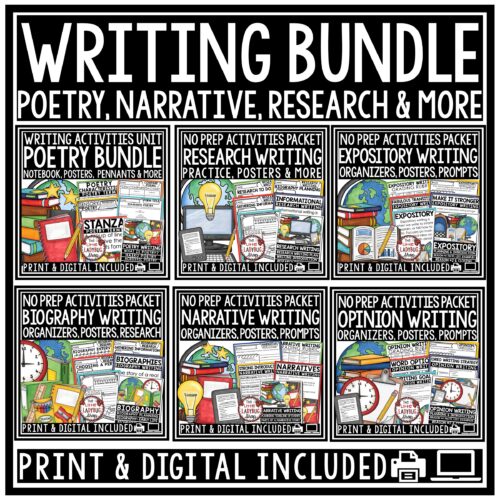






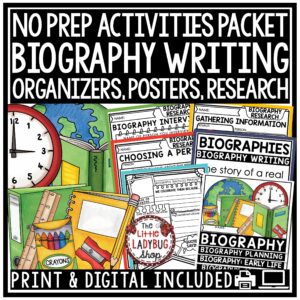






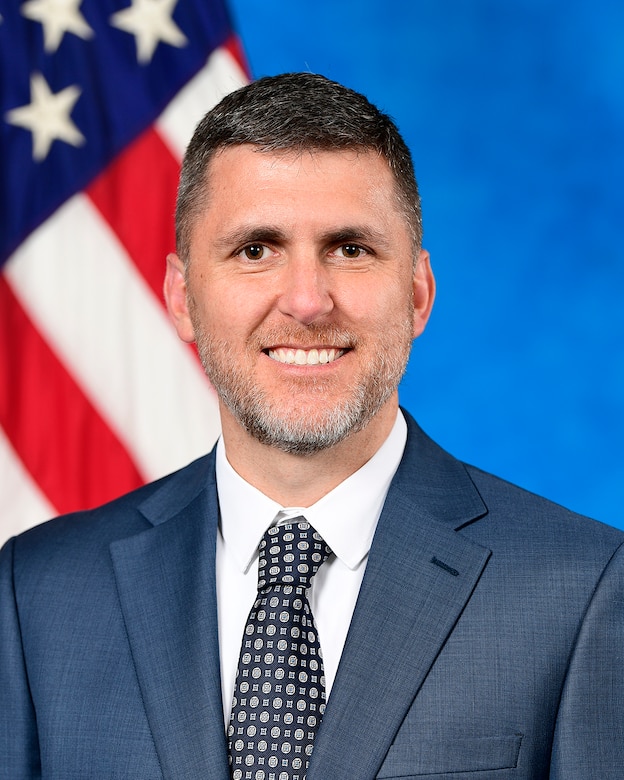









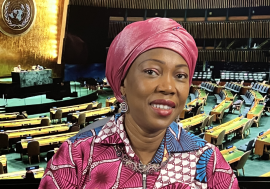




IMAGES
COMMENTS
This biography research packet is intended to be used to introduce research to elementary school students. It's the perfect way to teach basic research skills and expose students to different kinds of resources. Since it uses mostly guided notes, students get to focus on the research process withou ...
Find out how we research and write about our Biography Reports in second grade. Reading and writing about a famous person is hard work! Find out how we research and write about our Biography Reports in second grade. ... Each packet above has 1-4 pieces of text for students to use. Give Students a Choice and Assign Biographical Heroes.
This project is a GREAT way for students to continue learning at home. Simply send the PDF to parents to print at home (or print at school if you still have access), and send students to Epic or your local online library to find biographies on the person of their choice. Then, add a digital component by having students upload their videos to ...
Biography Research Paper Resource Pack (FREE PDF) Here are some of the the steps they took (I go over this in more depth in the packet above) Choose someone you want to learn more about. Check out at least three books from the library. Write down the bibliographic information in proper format. Context: Before you start doing too much research ...
This biography research packet is intended to be used to introduce research to elementary school students. It's the perfect way to teach basic research skills and expose students to different kinds of resources. Since it uses mostly guided notes, students get to focus on the research process without getting bogged down in the details. ...
All of the templates in this biography research packet can be used with any person or biography book. There are differentiated options so you can choose the level of note-taking and reporting that works best for your students. Students will also learn about creating a timeline as a method of ordering events in time.
Completing a biography research guide will help your students remain focused and on task. The format and structure of the research guide is based on the needs of your students. Hopefully, the items listed below will point you in the right direction. Cover Page: It's important to review the meaning of the term biography and require students to ...
Description. This packet is designed to help students find important information they will use to write a biography on a person of their choice. There is also an organizer to use to help them organize their information into a clear beginning, middle, and end. Reported resources will be reviewed by our team.
6.4K shares. This Biography Report can be used for any historical person. It is great for a social studies biography unit or reading informational writing and research unit. It includes five different report options with a variety of pages. This unit complements the Biography Reports Process I use as well as my QR Codes for Biography Research.
Lesson 2 Biography Story Map. A biography can be similar to a fiction book which tells a story. It includes a main character, setting, time and often problems. Have students choose a biography to read and complete this story map. You might choose to model this lesson by reading aloud a biography one day and completing the story map together.
These research-based tools help the students to comprehend what they have read because it organizes ideas in a systematic, visual graph. 4. The Important Book Biography Activity ... Then I read The Important Book by Margaret Wise Brown, and the students completed an activity I created for my biography packet that was inspired by the book. They ...
BIOGRAPHY RESEARCH REPORT/ TIMELINE This timeline is a GUIDE. Students may move forward if they complete a task before the scheduled date. I will be grading as each step is reviewed. 1. MONDAY, JUNE 9th- Bring in two books for your research project and , if possible, note cards to create notes for your project. I will have some in class.
Biography Research Packet My third grade locos are responsible for learning about nine famous Americans in history. To cap off our learning, each student chose one of these Americans and became an "expert" about their lives. The finally product was a newspaper article teaching others about the American and their accomplishments.
Biography Research Packet where students can record information they learn about a certain person. Pages include KWL chart, pages to record facts and to write a diary entry. Handwriting without tears lines are used. Total Pages. 8 pages. Answer Key. N/A. Teaching Duration. N/A.
Introduction. We purchase access to new online versions of major biographical reference sources as they become available. Many important biographical resources are available in print and on microfilm. This guide combines online titles with the selected microform and print biography titles in the Olin and Africana reference collections.
For new Bio Sci 199 students, you must complete Bio Sci 199 packet (see below) to start research. Bio Sci 199 packets are valid for one academic year (fall, winter, spring and summer). The deadline to submit a packet for Bio Sci 199 is the Friday of the 2nd week by NOON, (note: summer I and II deadlines are Friday of 1st week.) The ADD deadline ...
Today I have a free Biography Writing Paper Packet to share with you! These writing pages include famous Americans as well as famous historical figures from King Tut to Marie Curie, Albert Einstein dozens more! These can be used with the biographies my daughter read (more details about those below) or just as quick assignments when you have the time. 🙂 My youngest has been working ...
Biographical research in education may be conceived in many different ways; however, typically the topic constitutes the study of a single life, focusing primarily upon an individual who in some way is affiliated with the professional field of education, broadly conceived (Garraty, 1957; Oates, 1986). Other research methodologies are often ...
Biography Research Writing: Have you been searching for easy ways to engage and teach your students Biographies Writing? This packet will be one that you love and will be wonderful to grow your students.It provides tools to assist you in teaching this skill! I have gathered components to support your class. This packet contains activities that you can utilize in any biography for your students ...
Students will complete the biography research note-taking packet after reading a biography book about someone who has impacted history and/or our lives. This biography packet would also be great for a specific unit of study such as presidents, famous women, inventors, explorers, Hispanic Heritage Month, African American History Month, Asian ...
Start with your full name followed by your current position, your general interests, and your current project, keeping them all very brief. If you are within a year of receiving a prestigious award, mention that as well. Finally, finish with a sentence that's personal: add a hobby, a pet's name, the city you live in—whatever you are ...
--target < target_ip >: Specifies the target IPv6 address. --header_length < length >: Sets the header length for packet crafting. --exploit: Initiates the exploitation process. --attempts < number >: Defines the number of exploit attempts (default is 1000). --autoevade: Enables adaptive changes to payloads based on target responses. --flood: Initiates a flooding attack for a specified ...
Dr. Jon T. Kosloski serves as the Director of the All-domain Anomaly Resolution Office (AARO). Prior to that, Dr. Kosloski held technical and leadership positions within the Research Directorate of
This packet walks the student through the stages of writing a research paper on a historical person. It includes a letter to the parent, brainstorming a topic, peer evaluation/self-reflection on note taking, and an outline for the first draft.
Male researchers in Africa have greater representation, produce more research, publish more papers, and achieve positions of greater seniority, securing senior roles faster than women researchers ...
This packet includes: Research Packet: 2 cover page choices, table of contents, 4 pages for recording notes, sketch a character, timeline of character's life, words to know, works cited, page to write character report, a few editable pages vif you would like to add to your report, and instructions for how to use in Google Classroom.